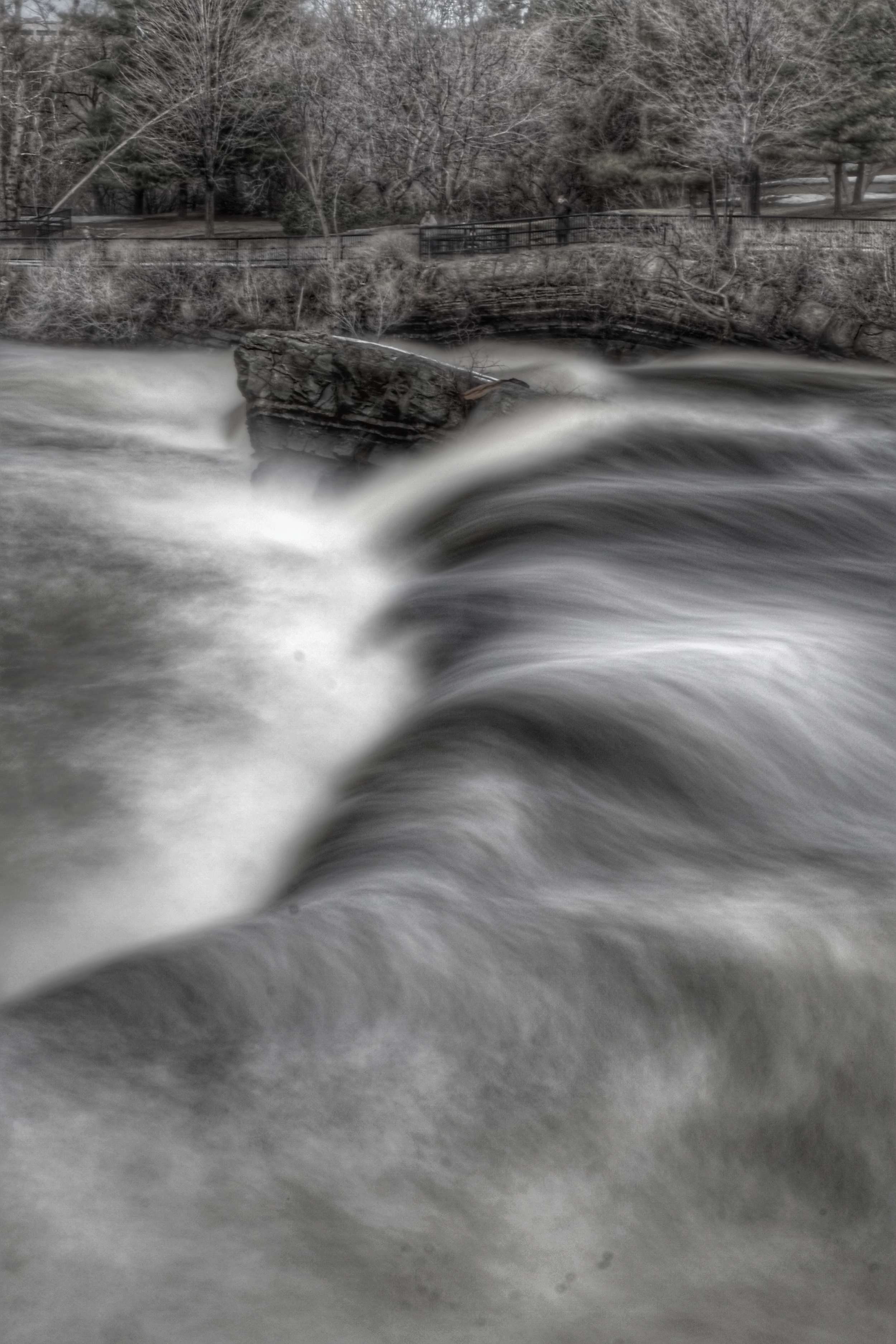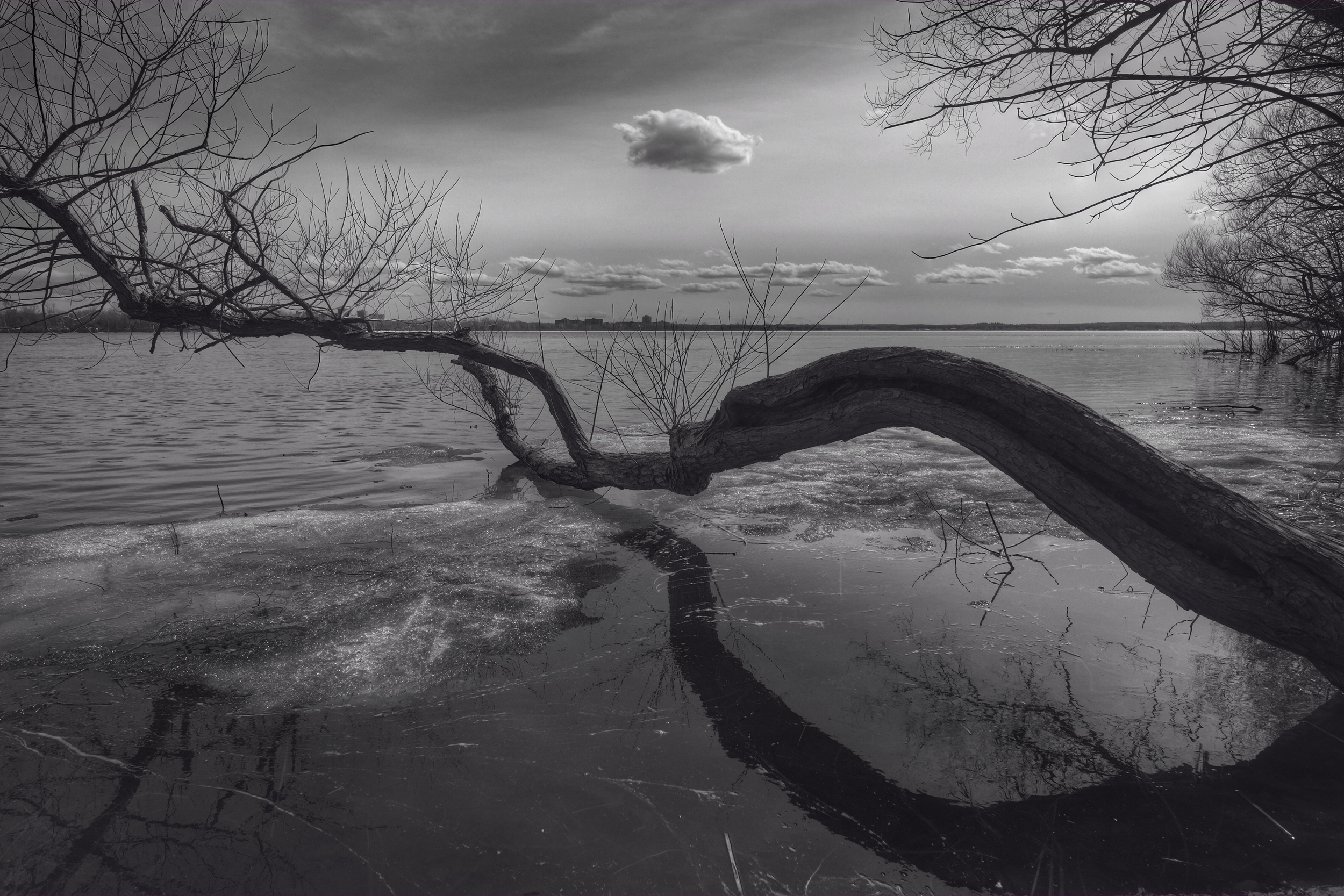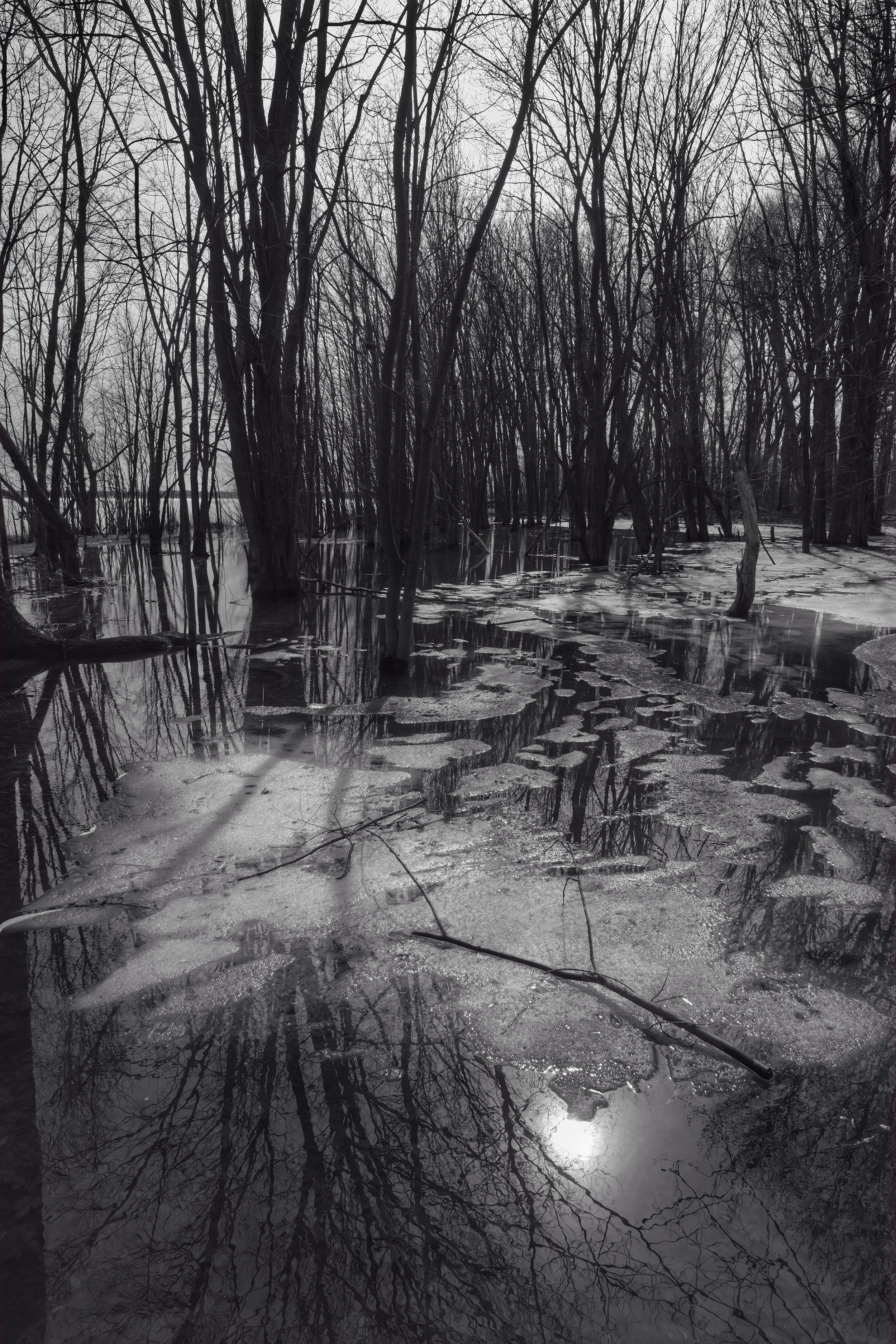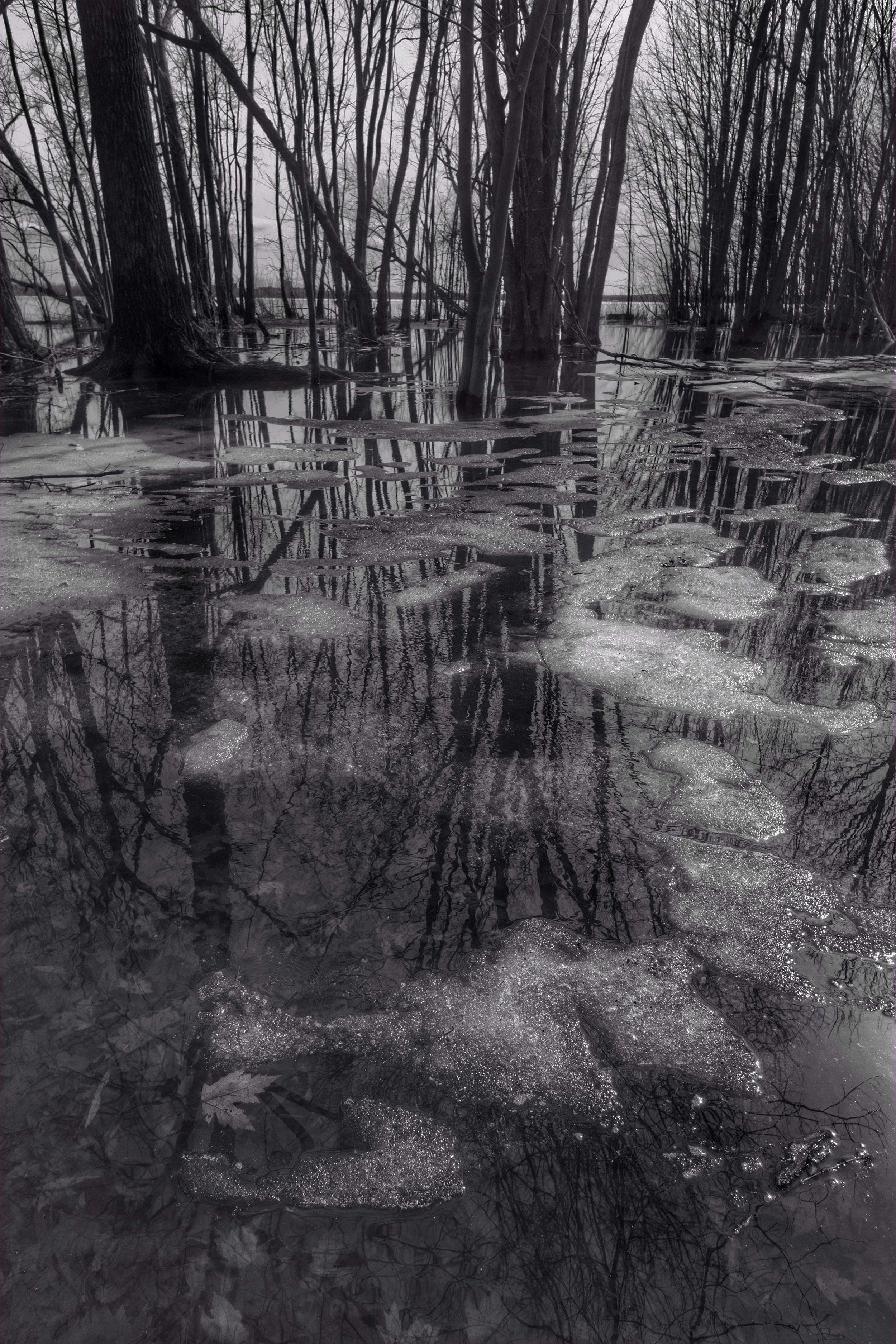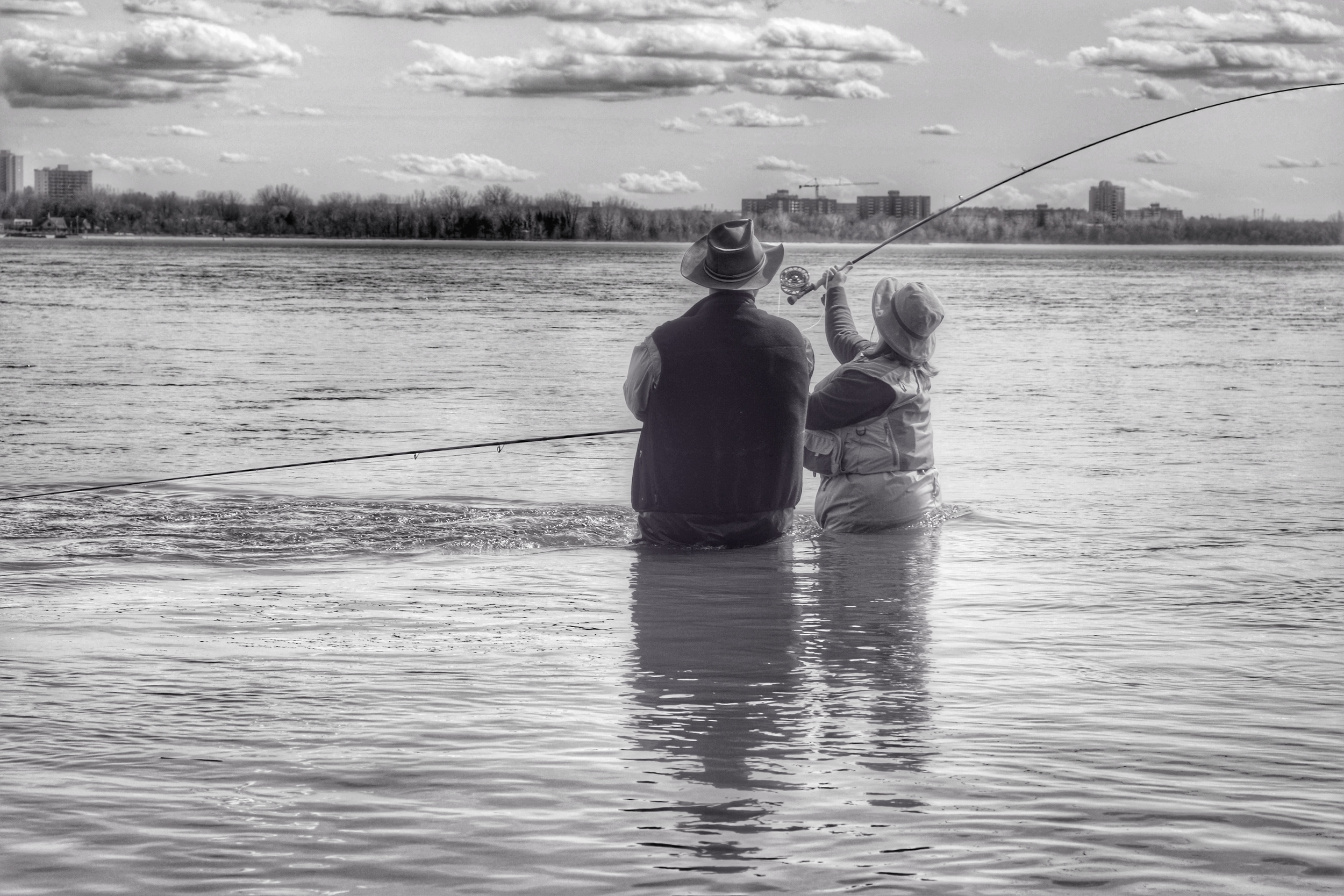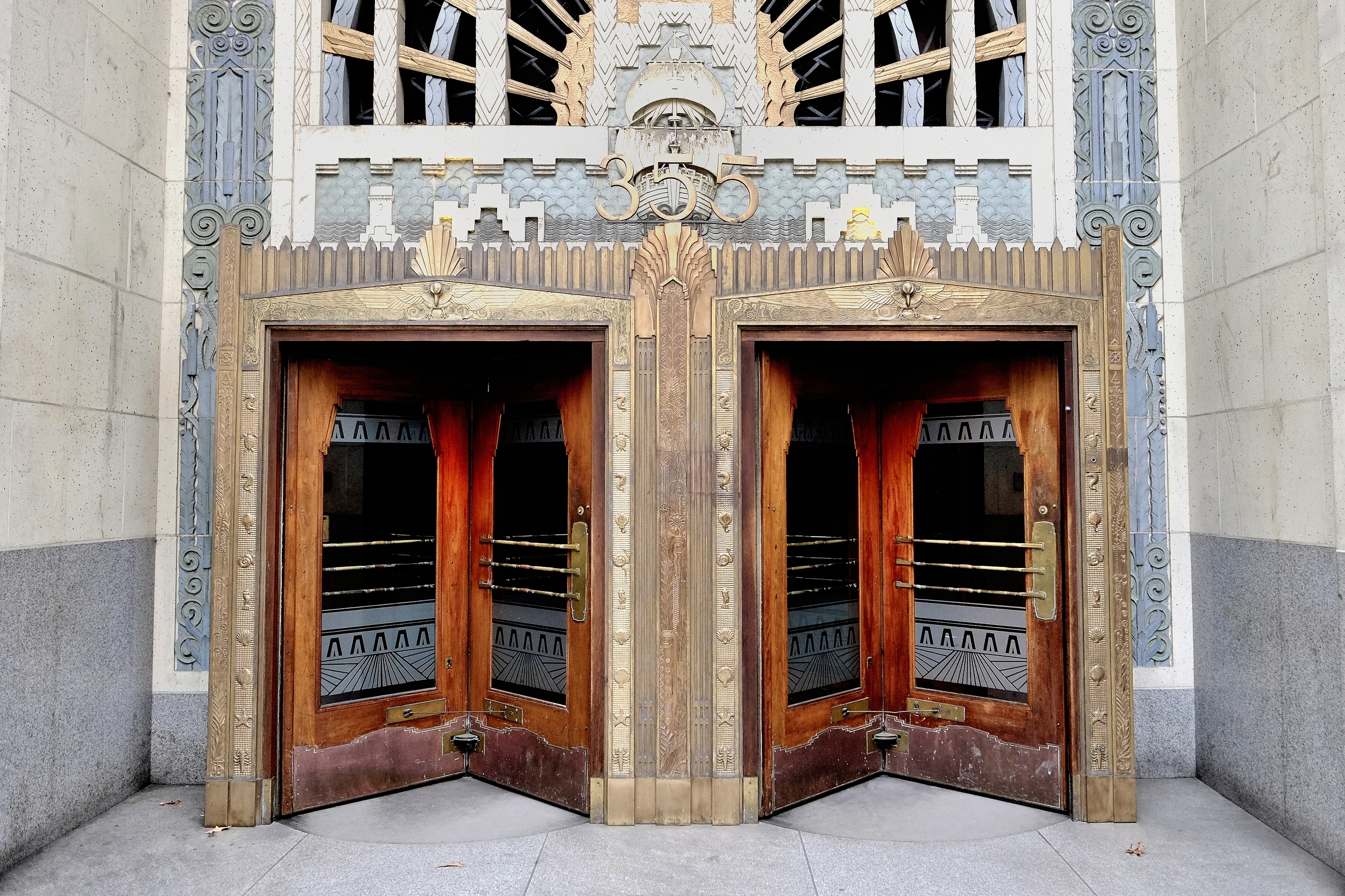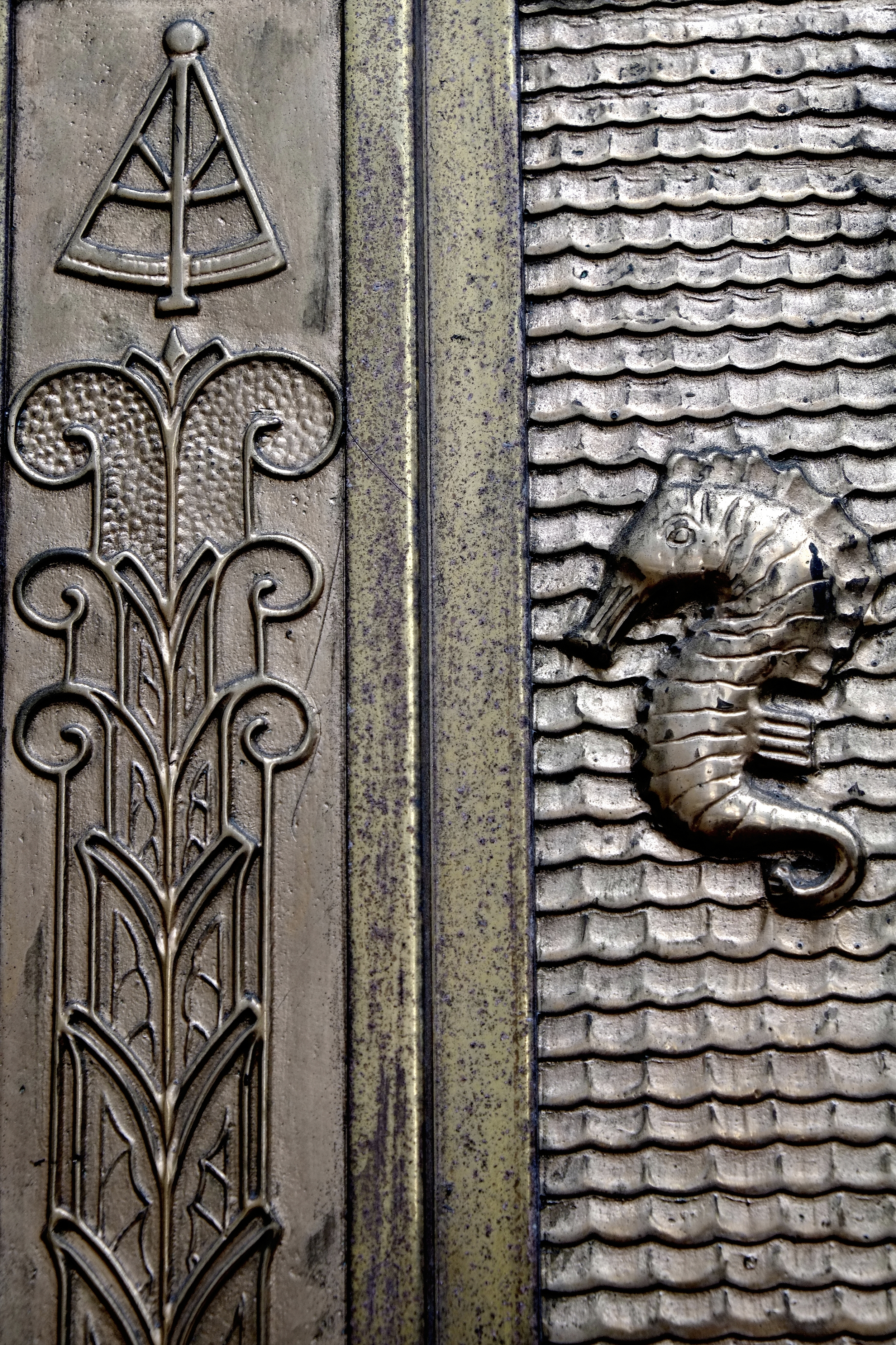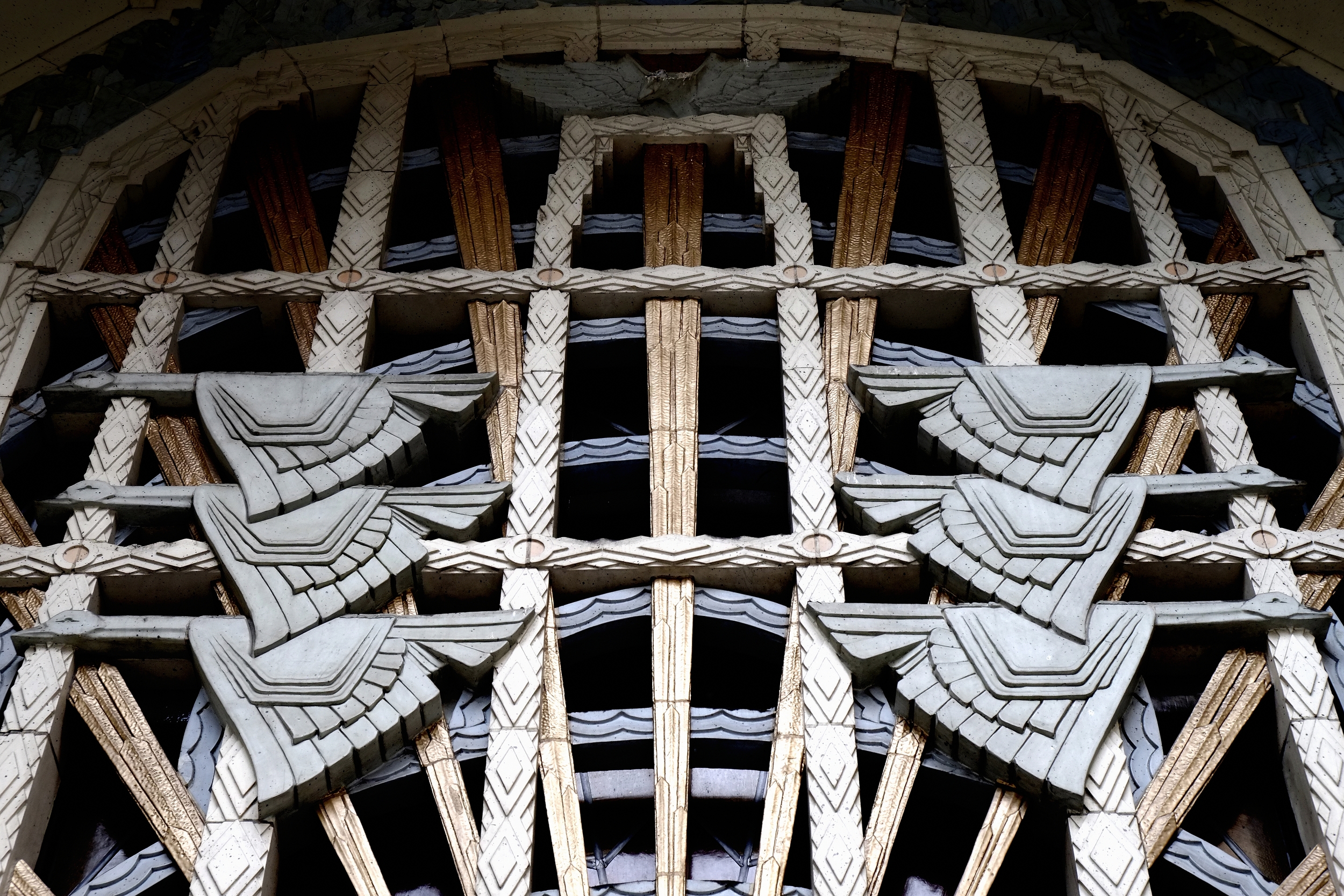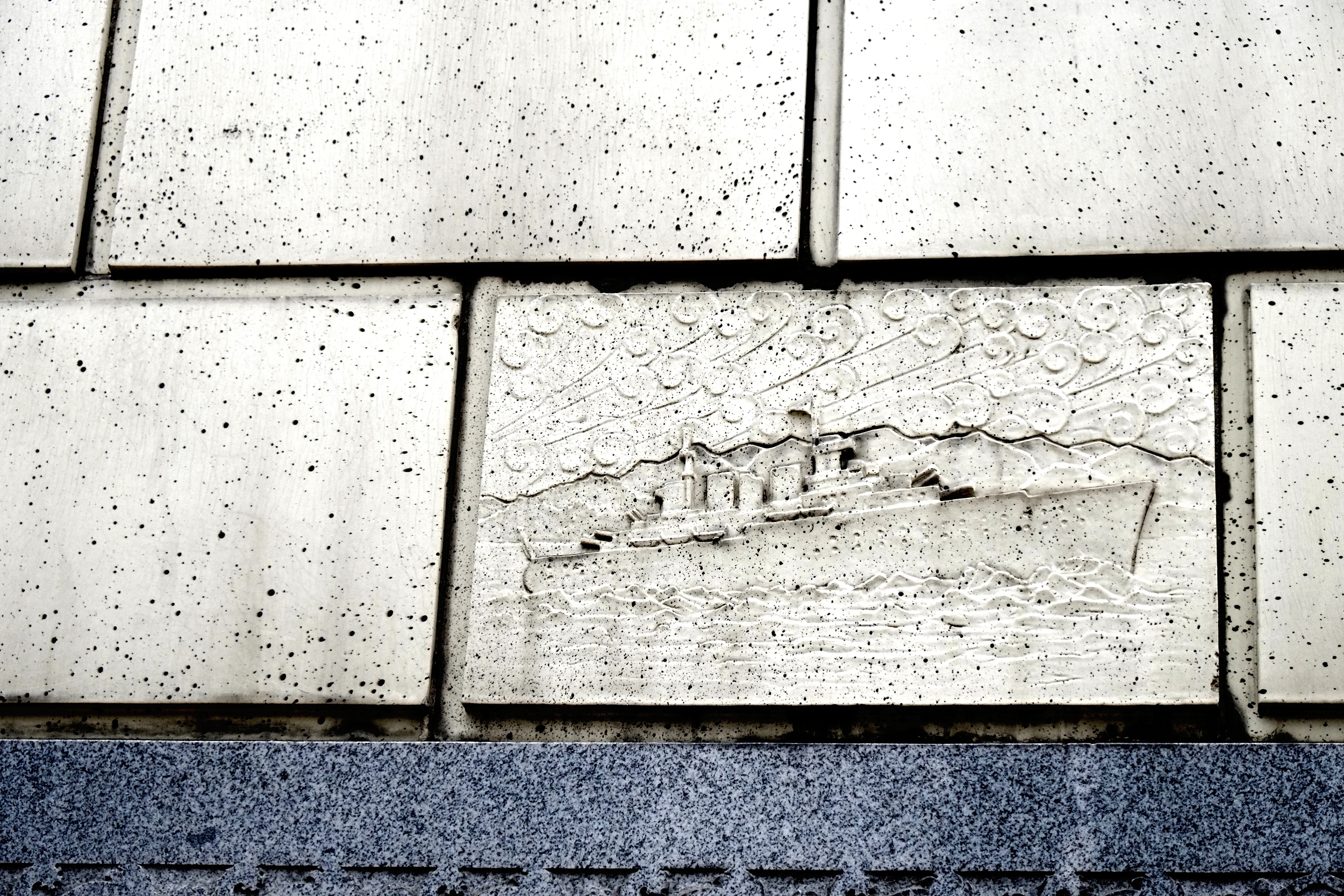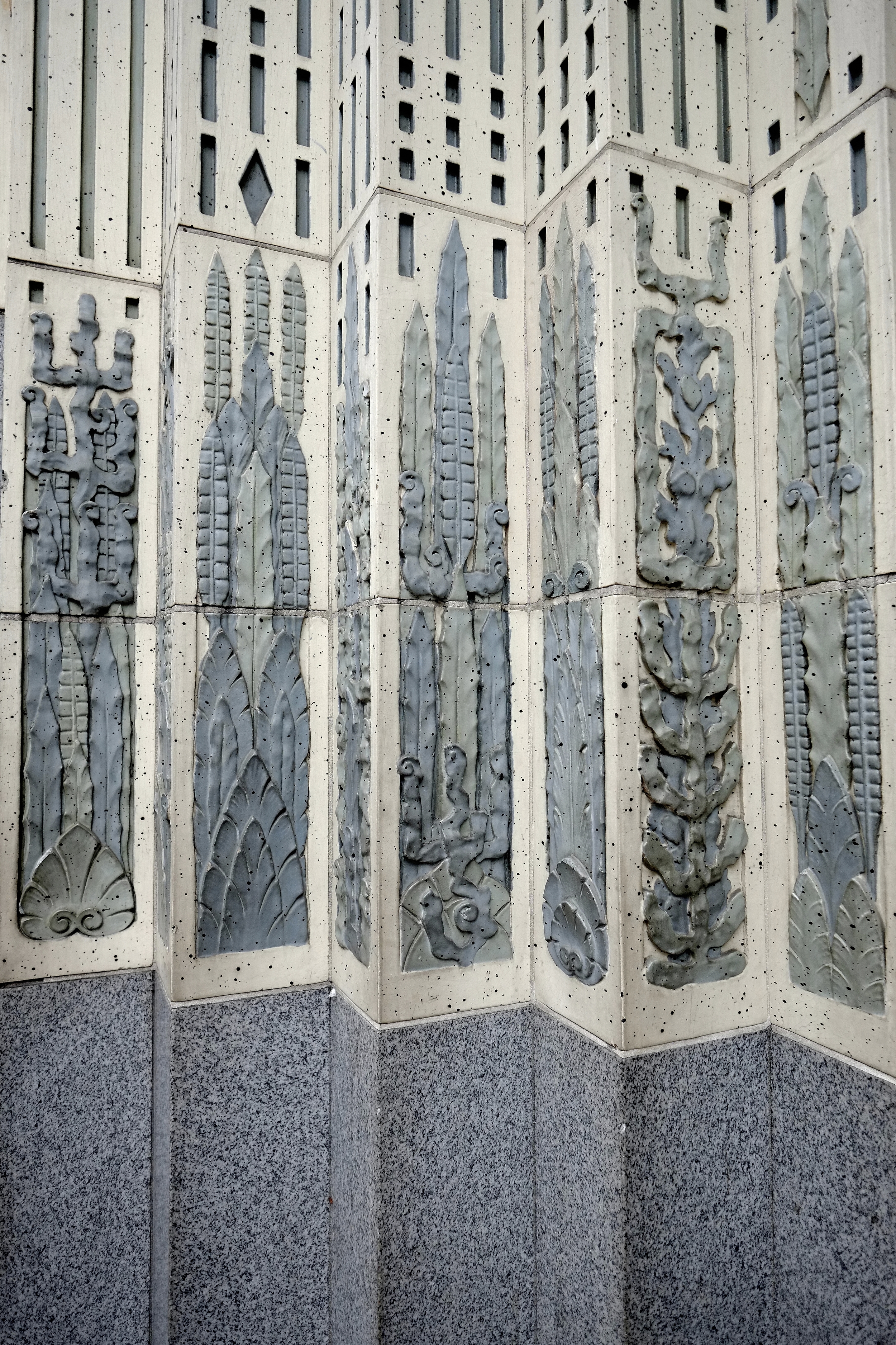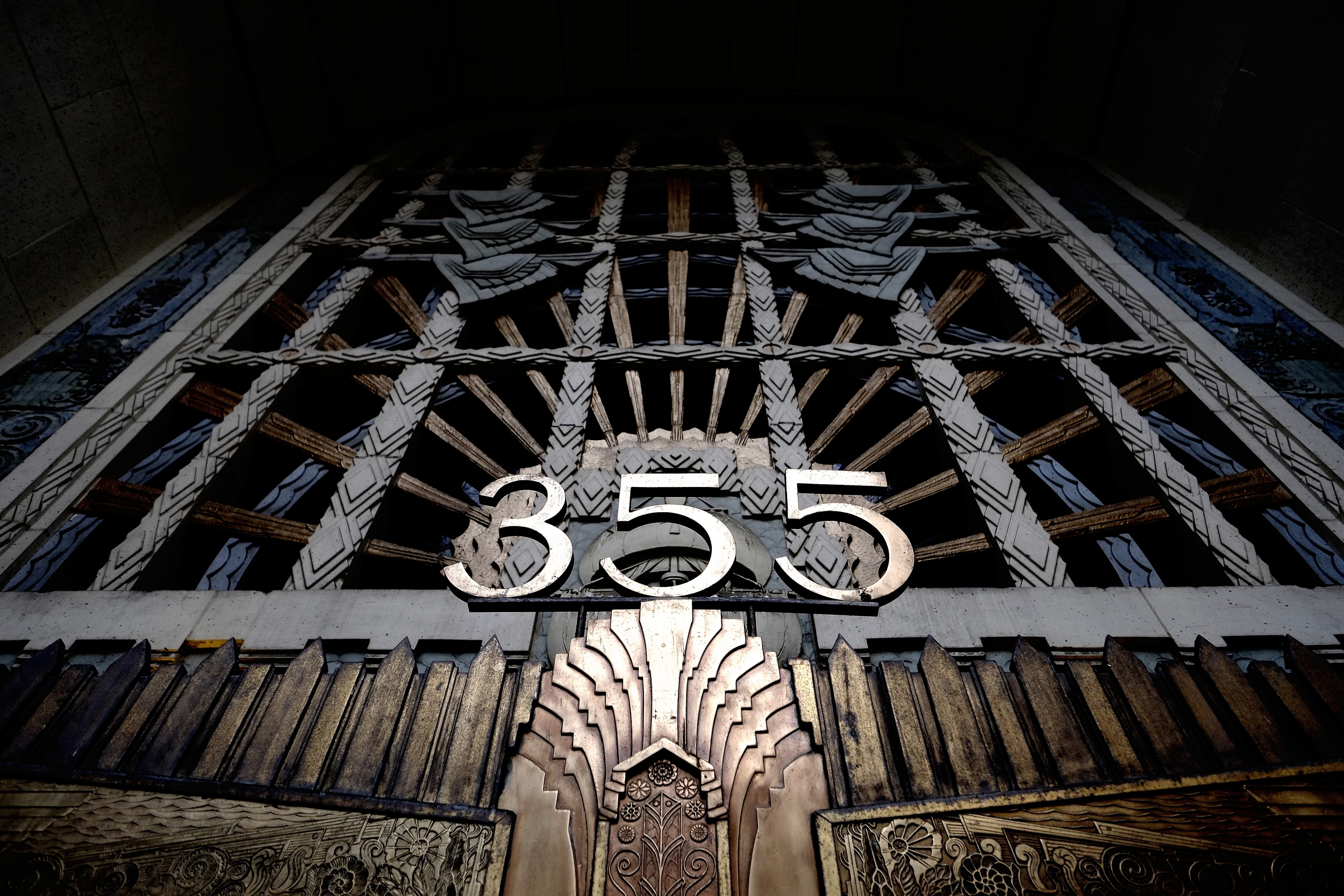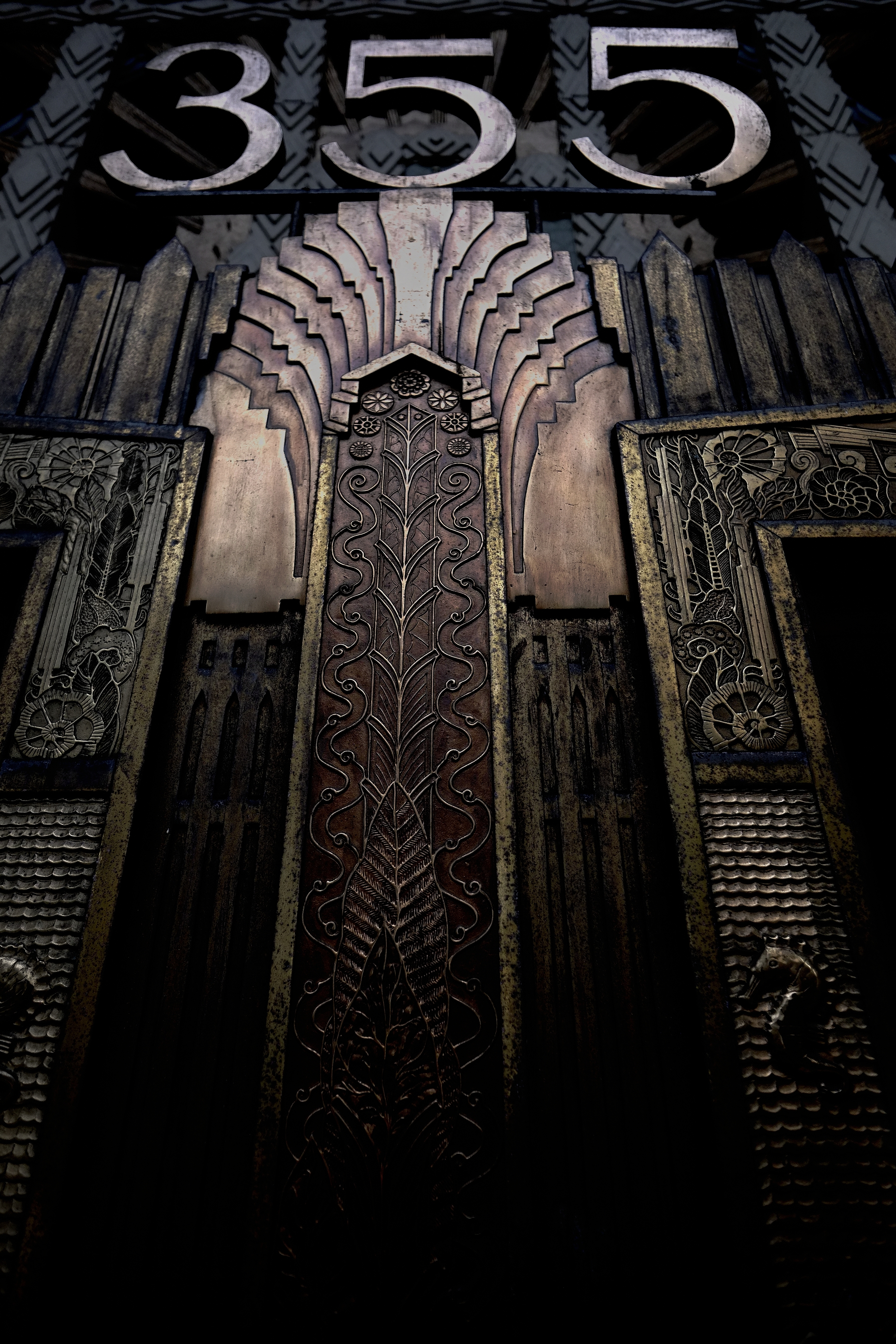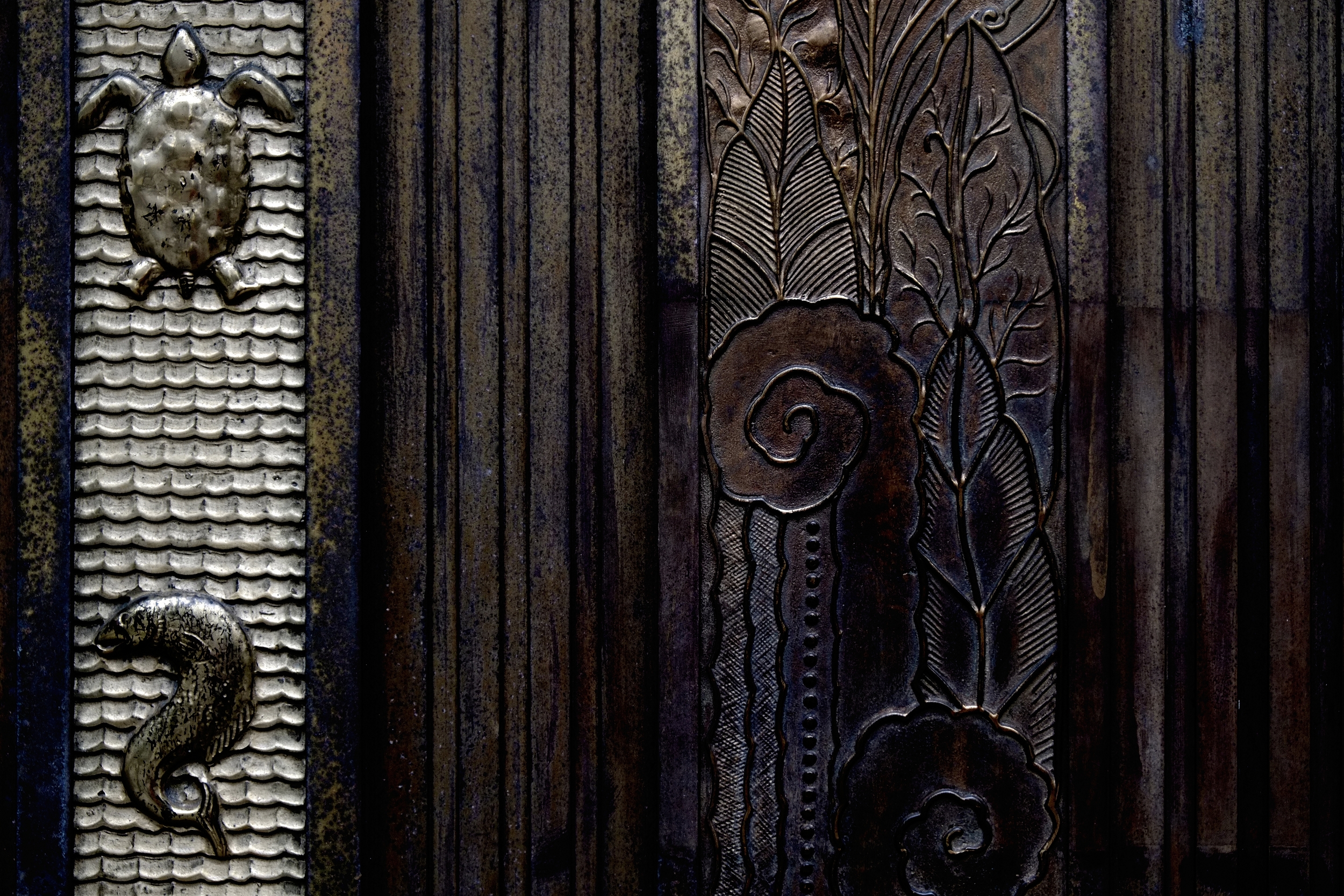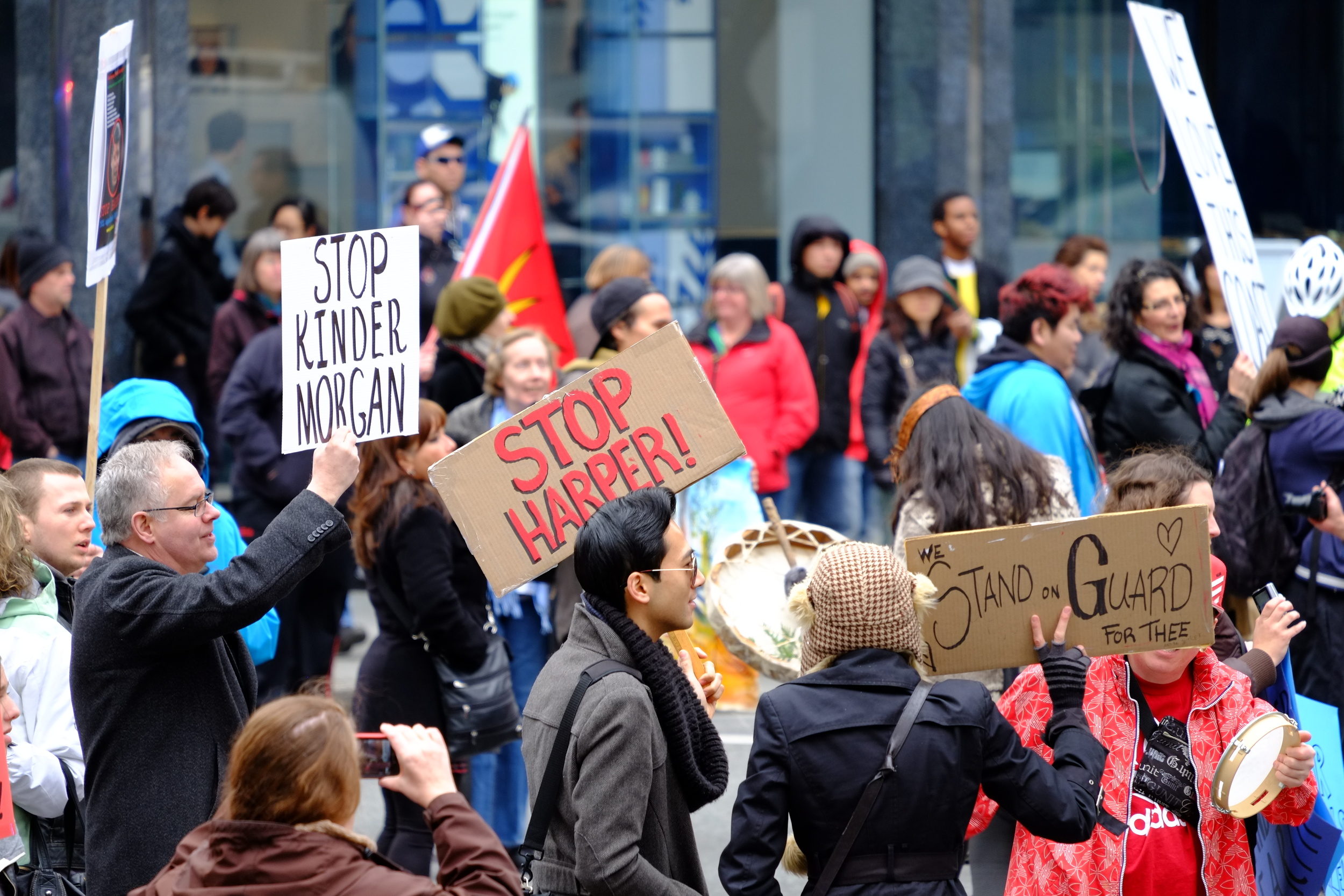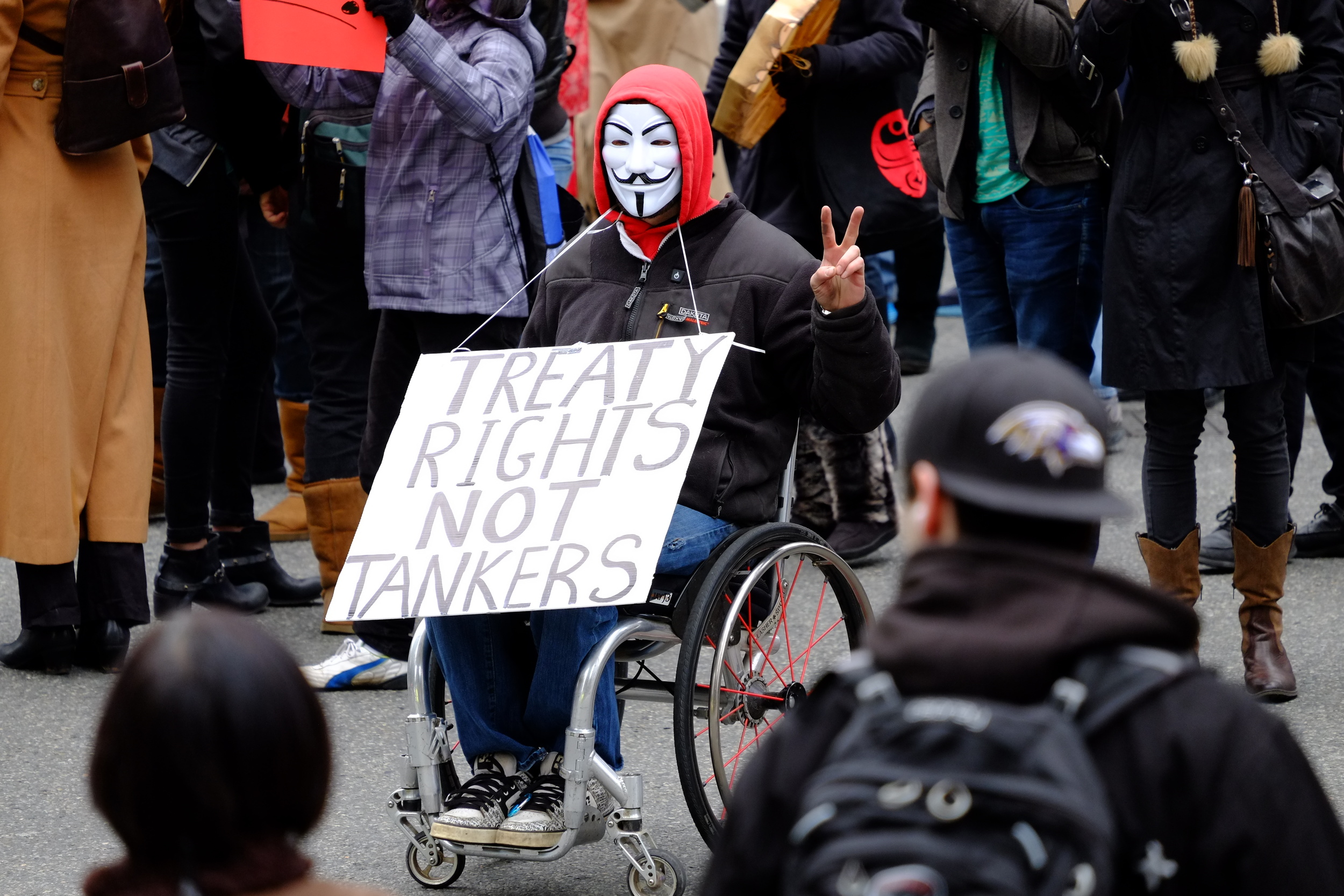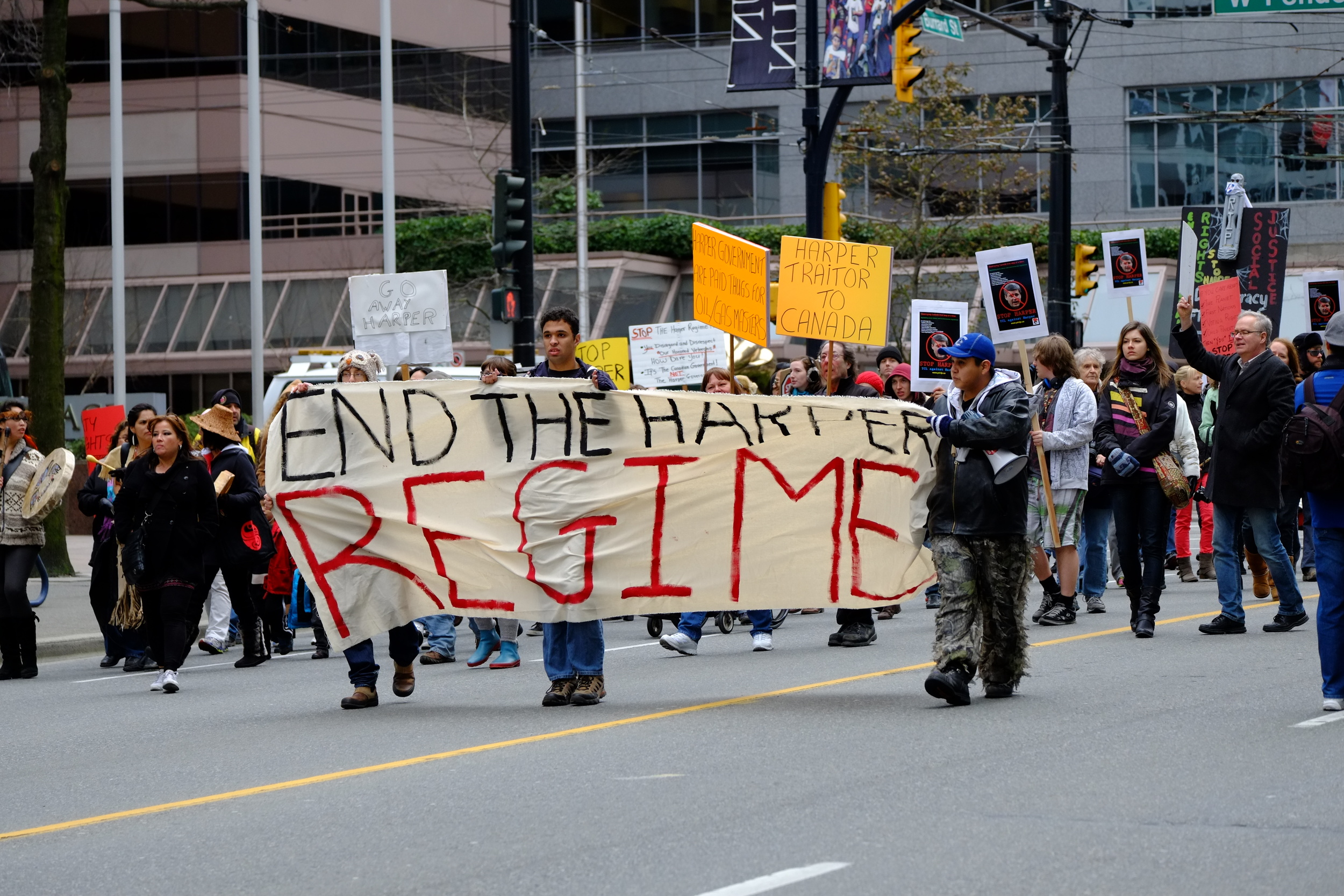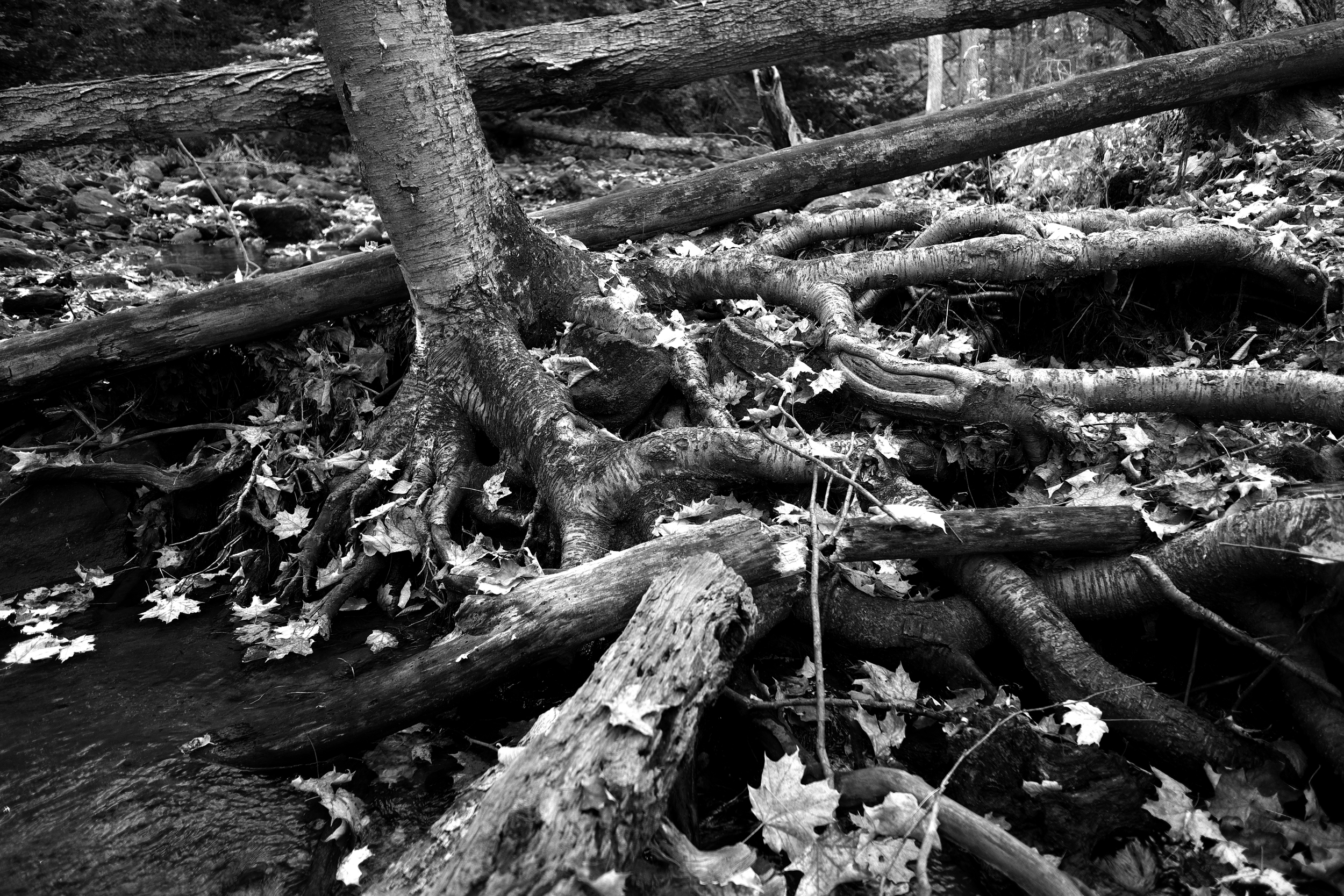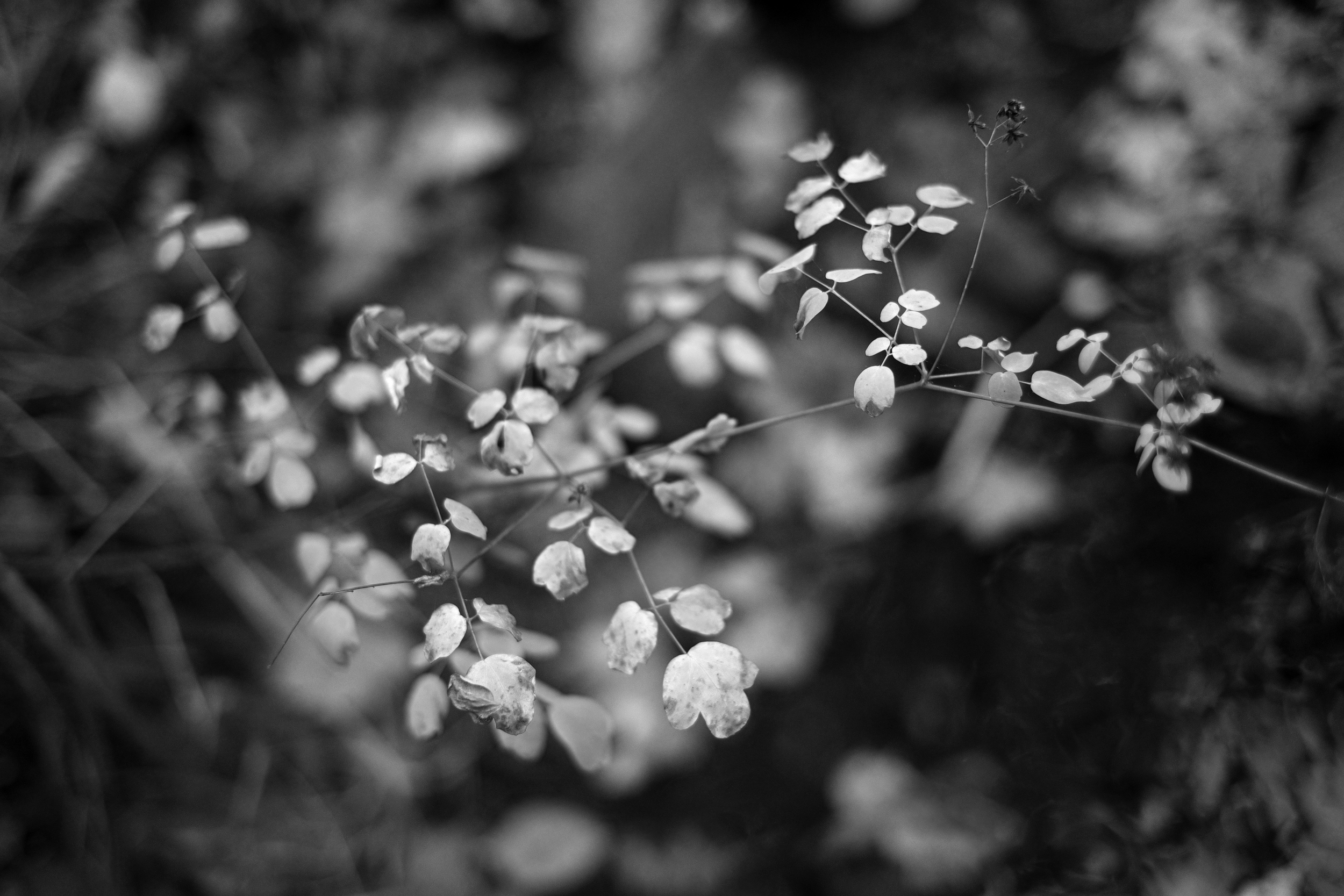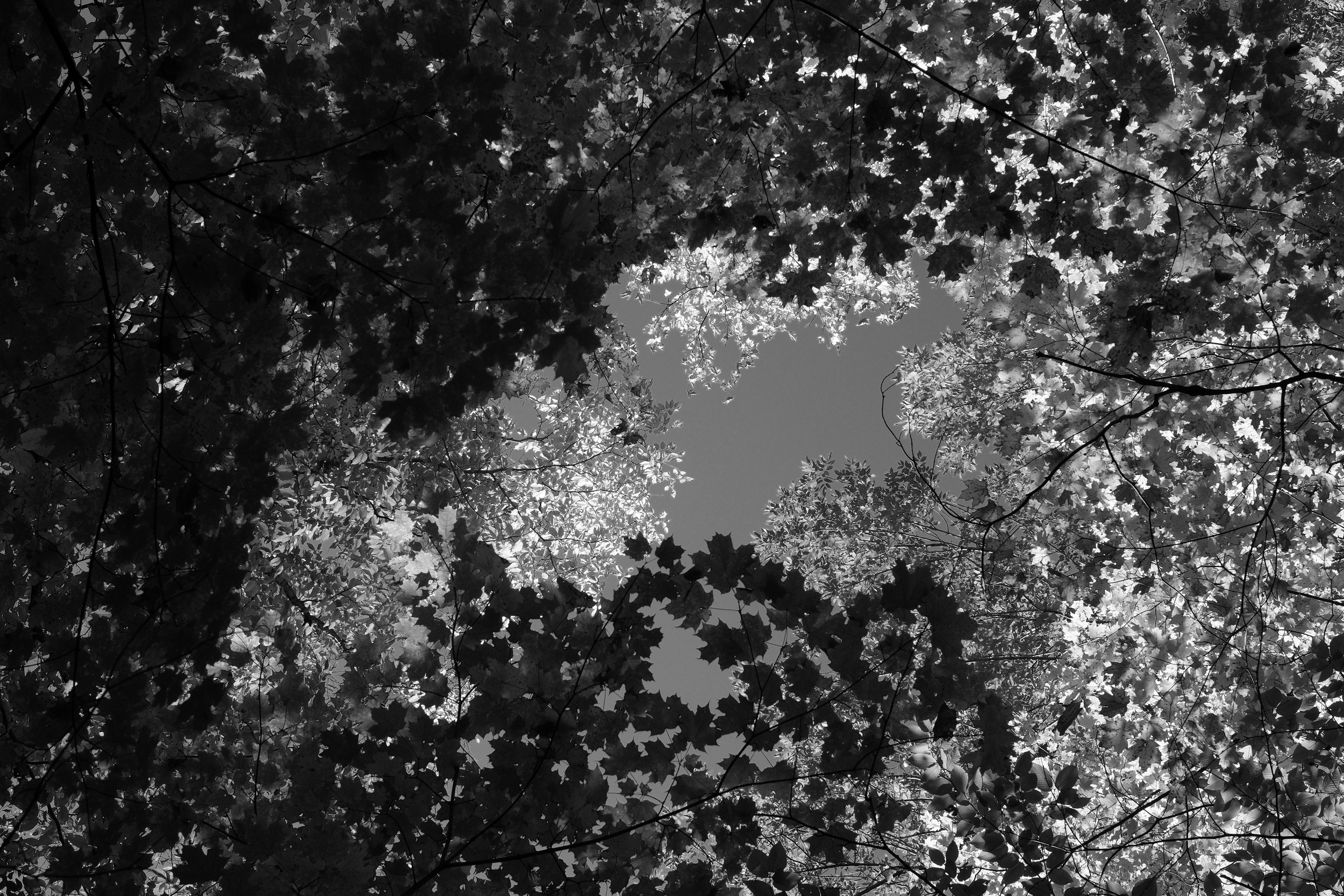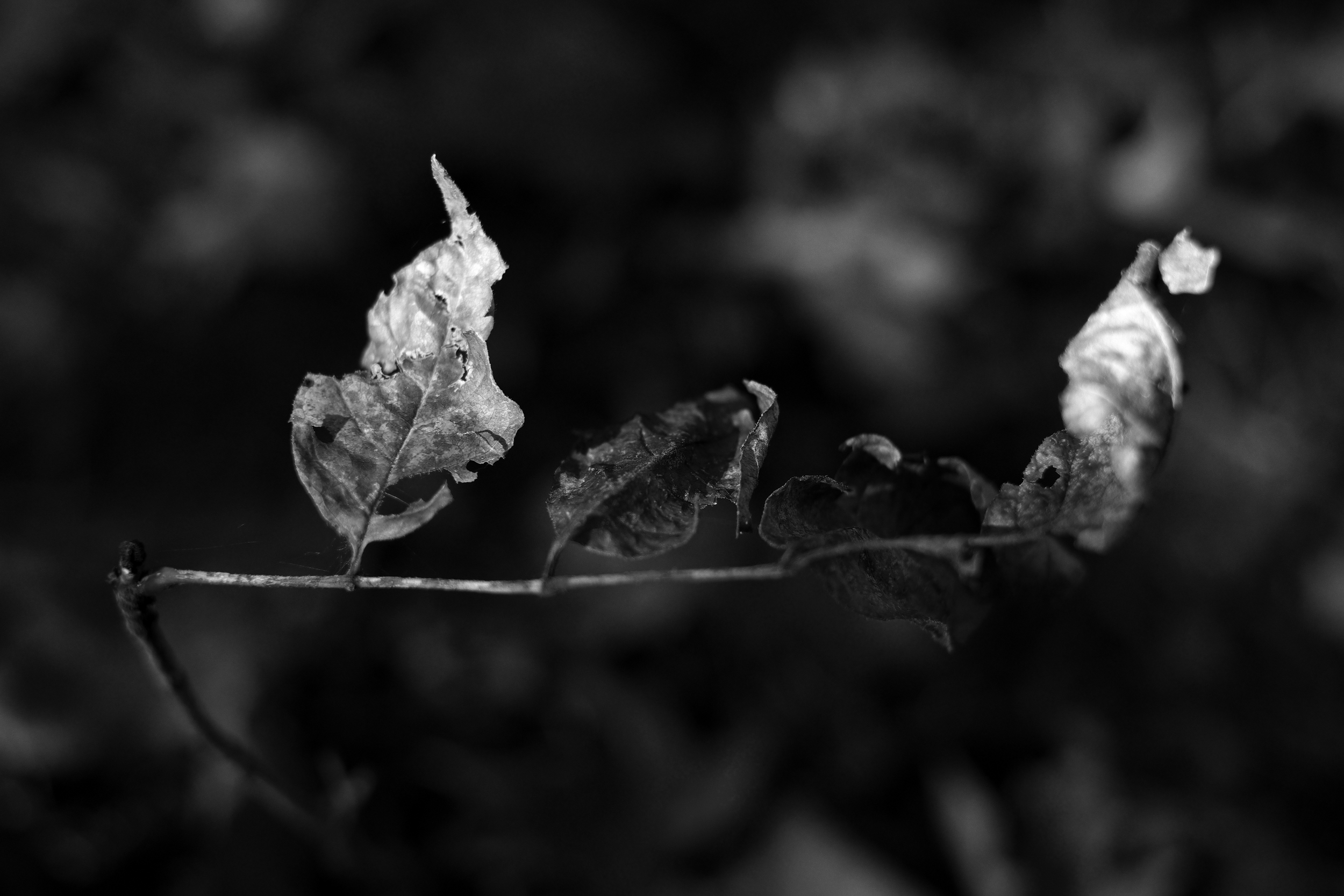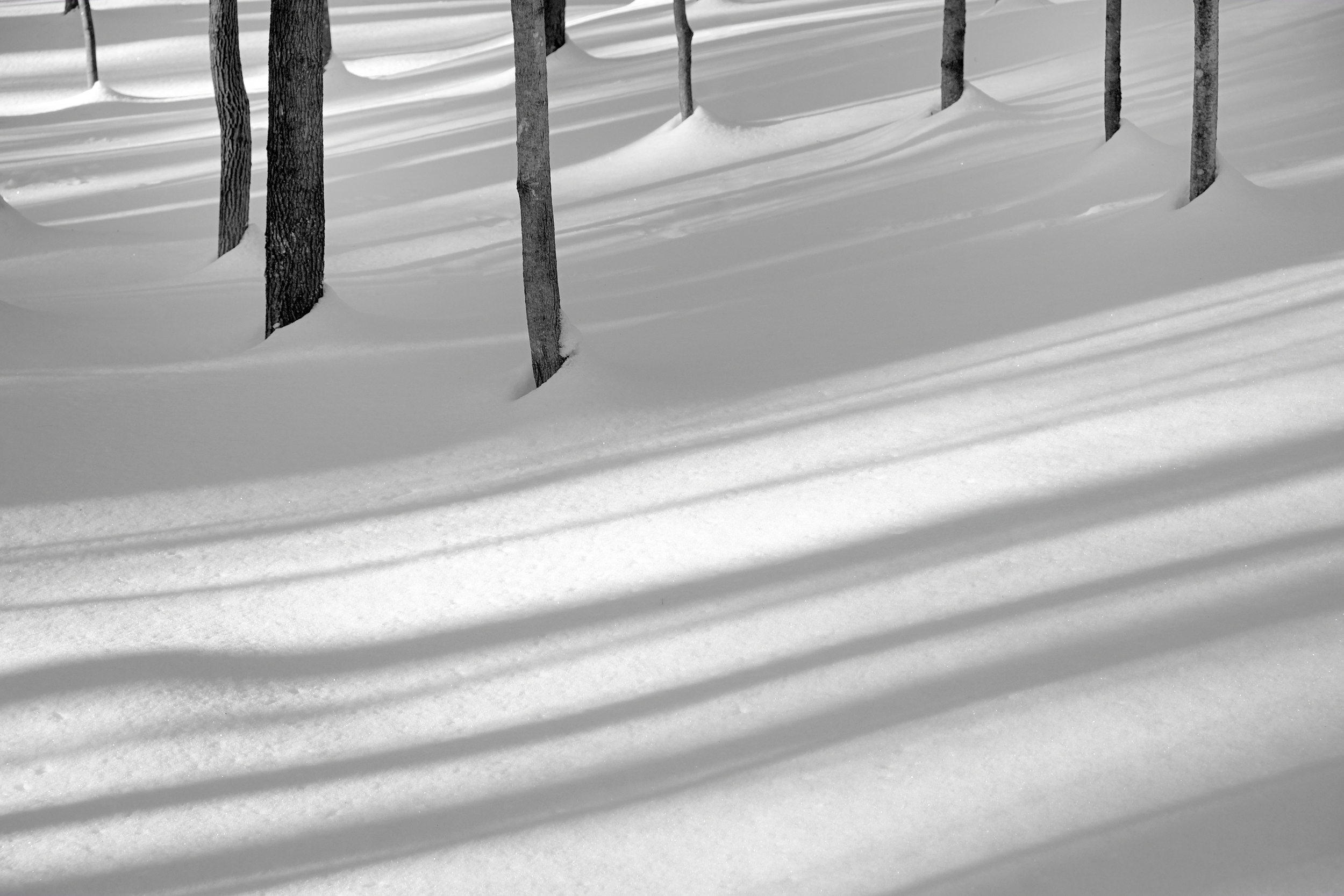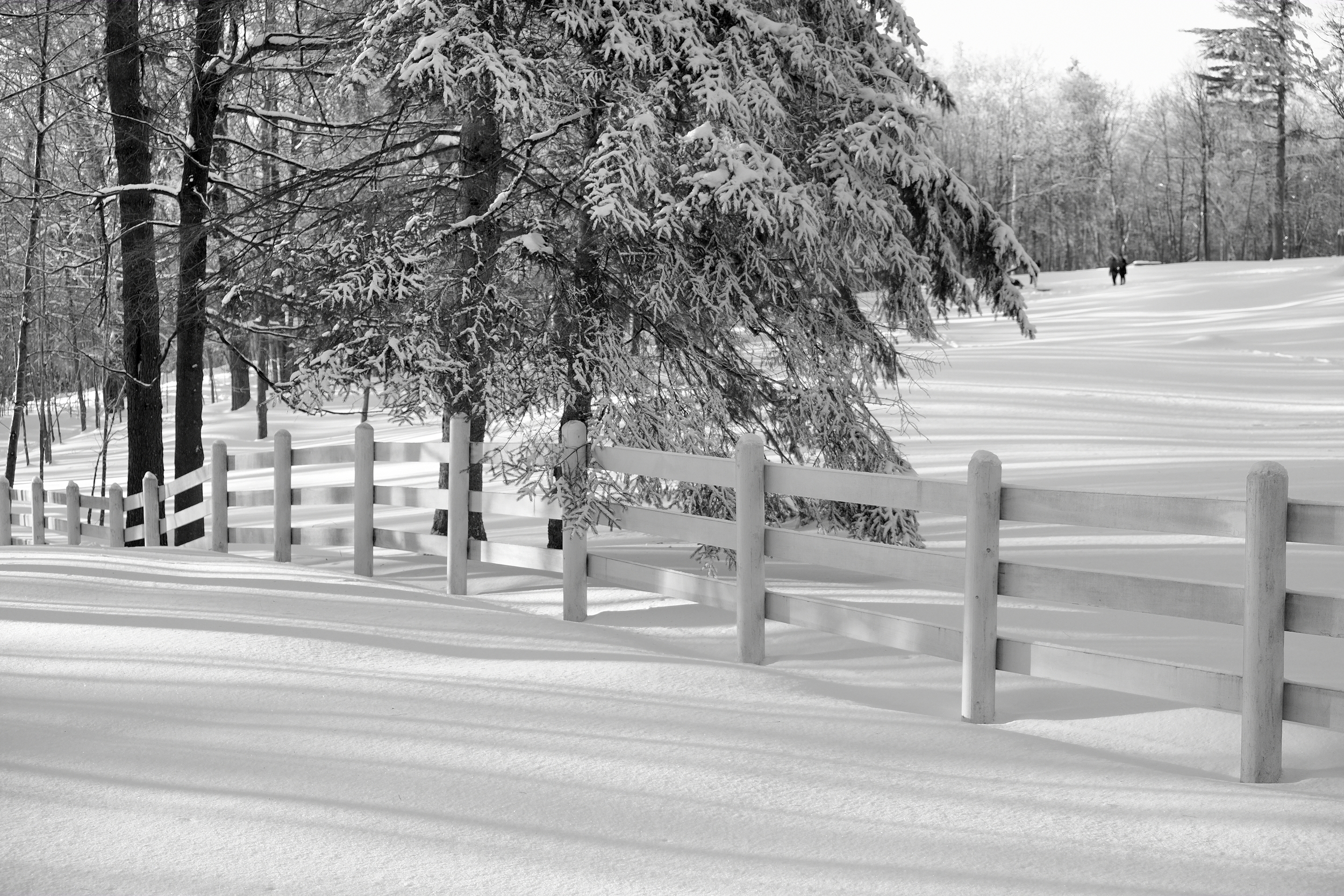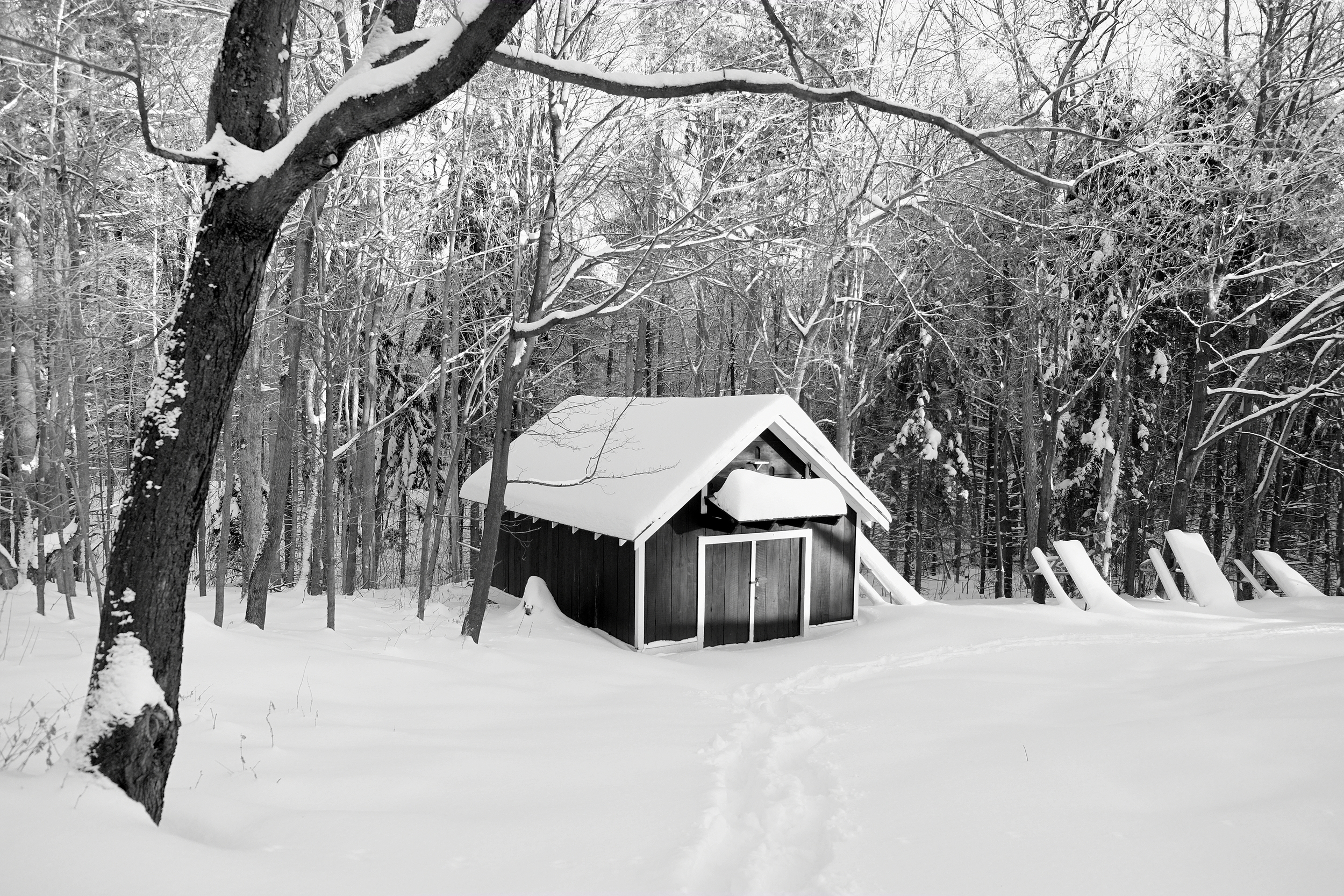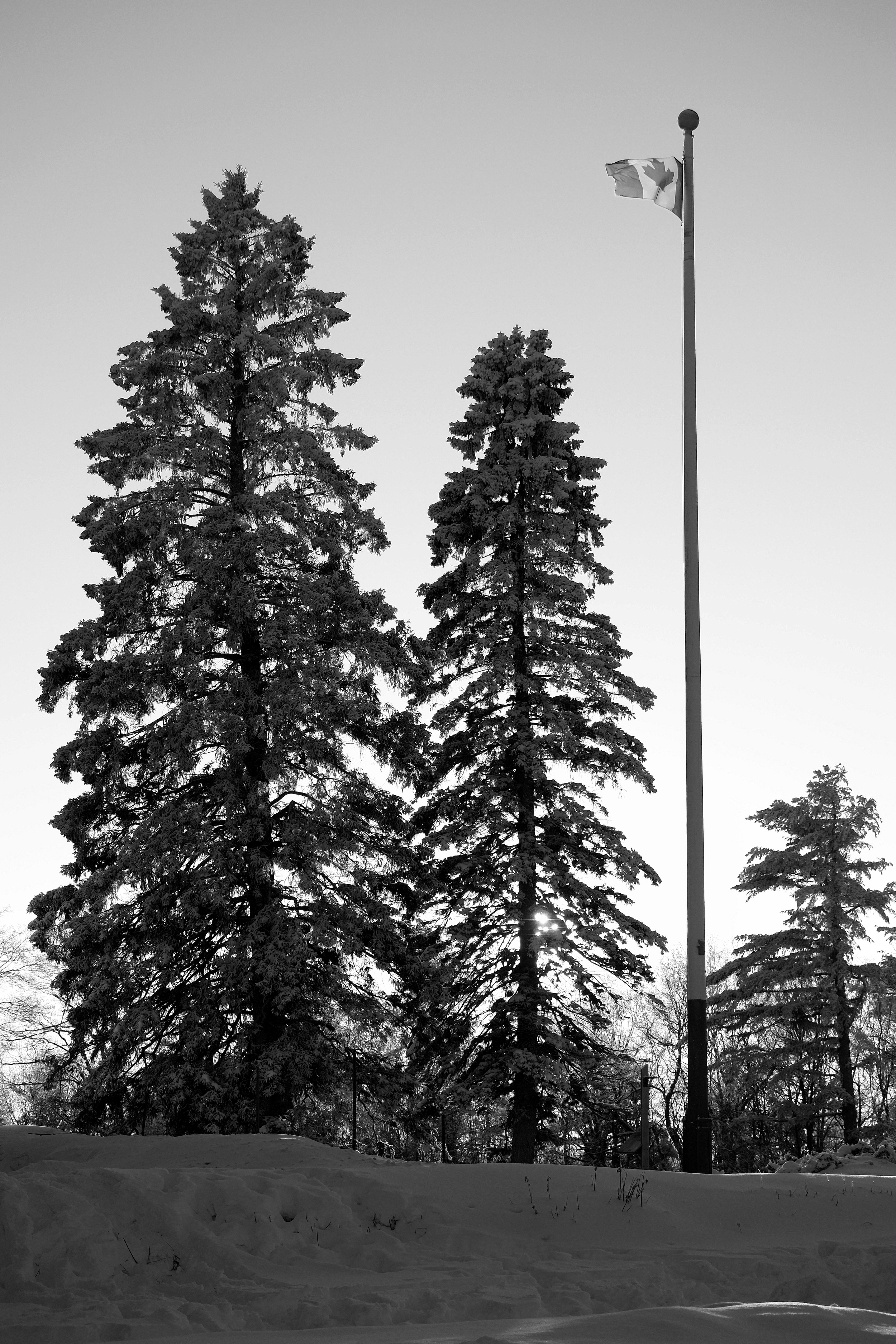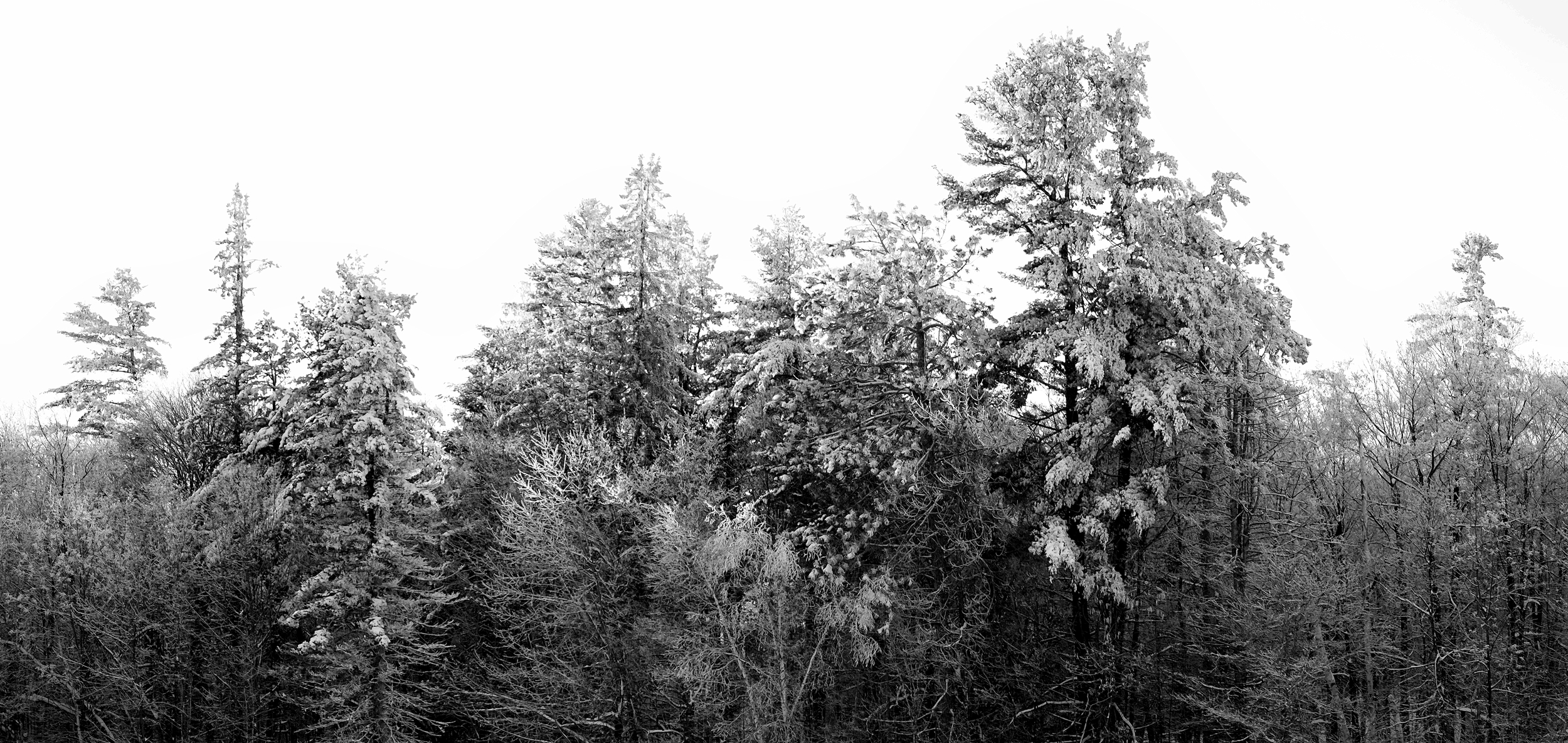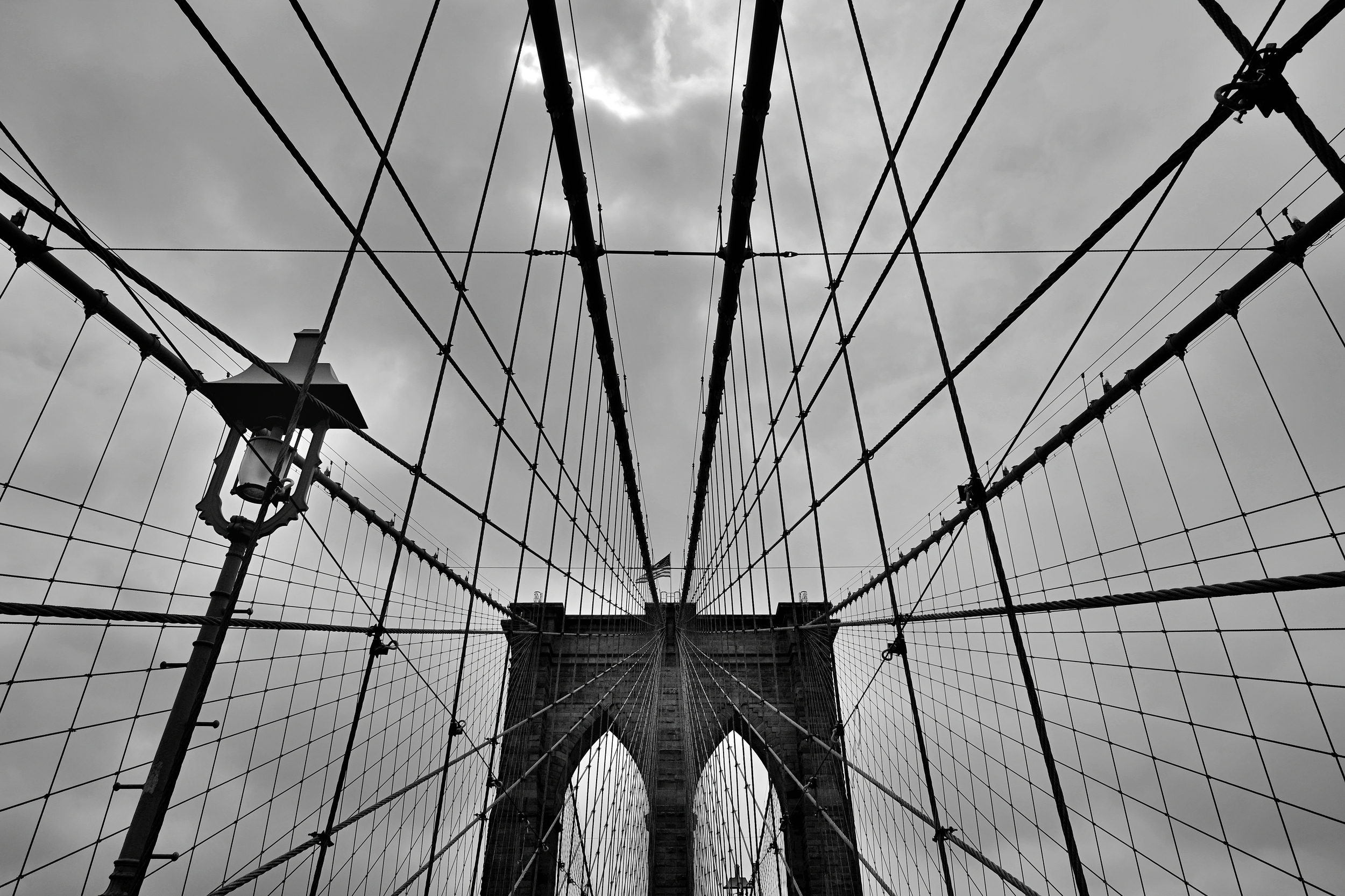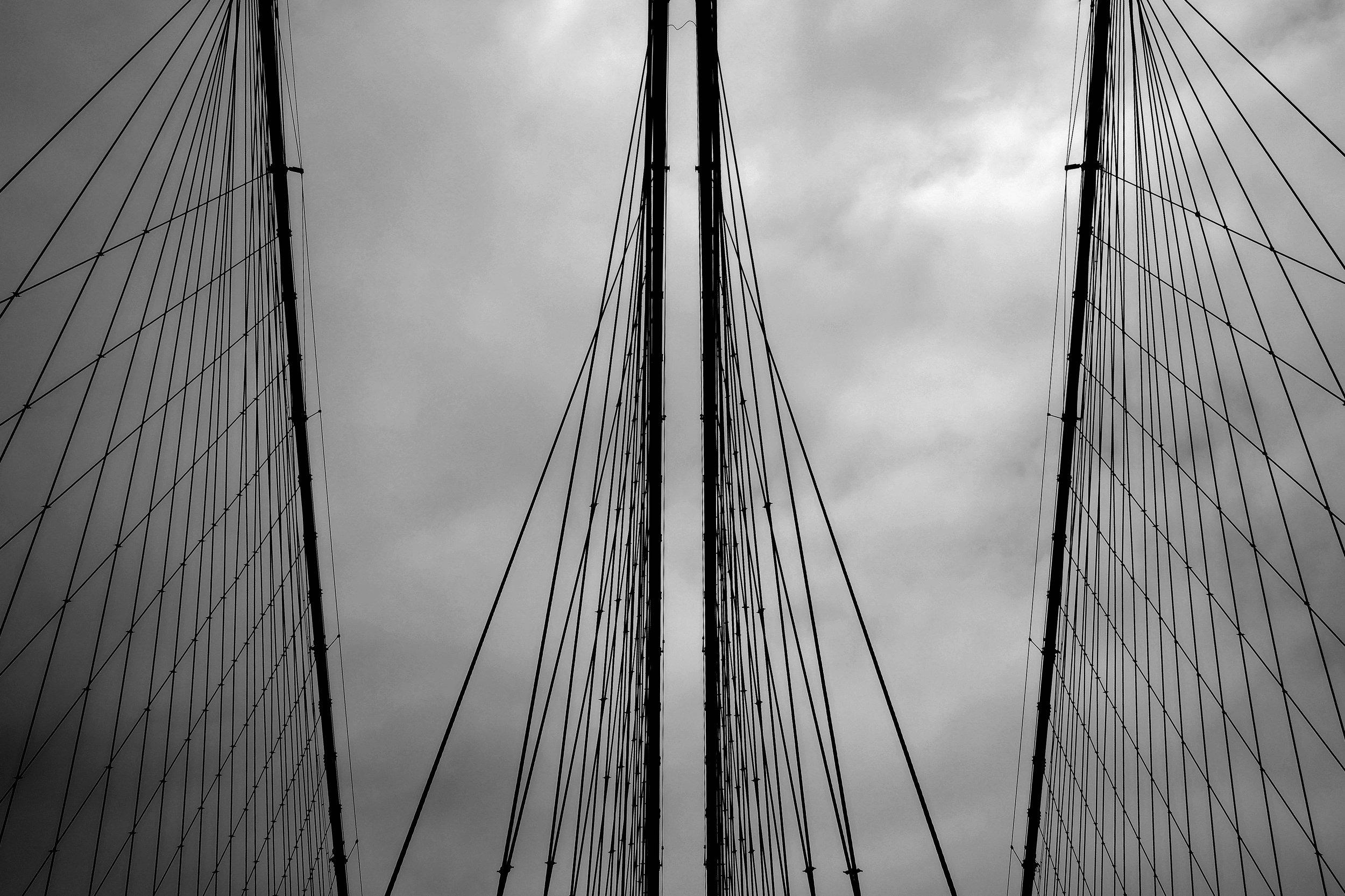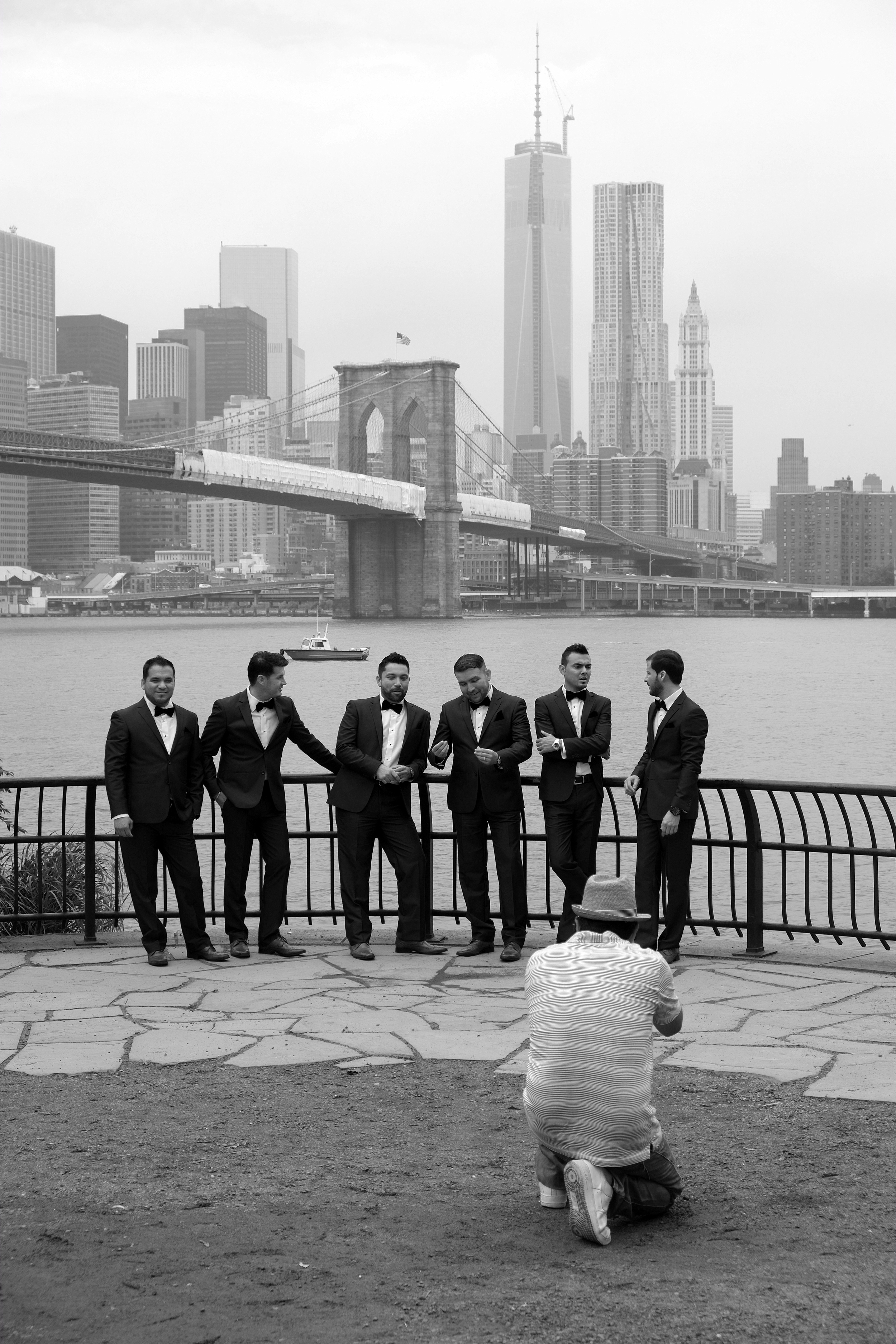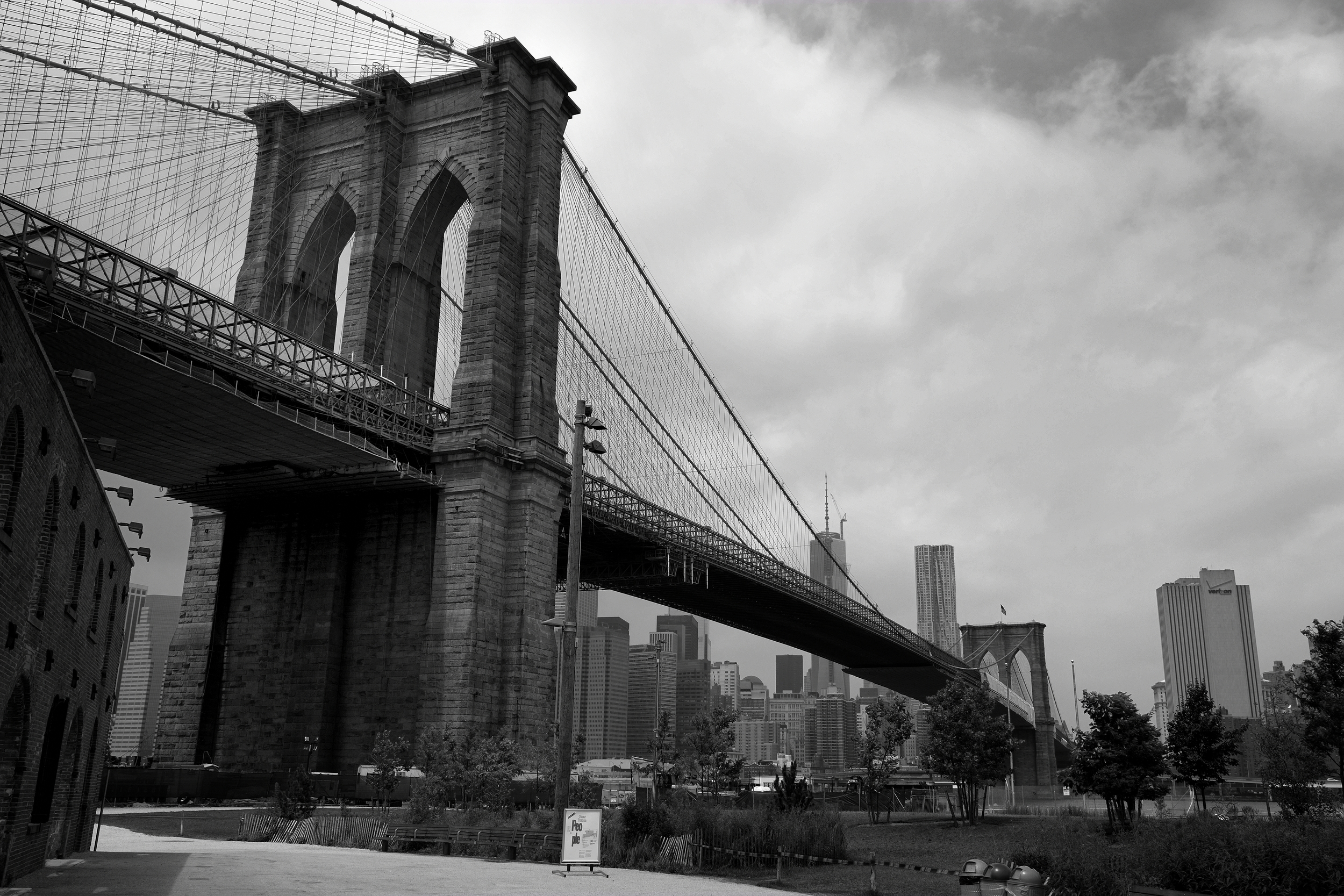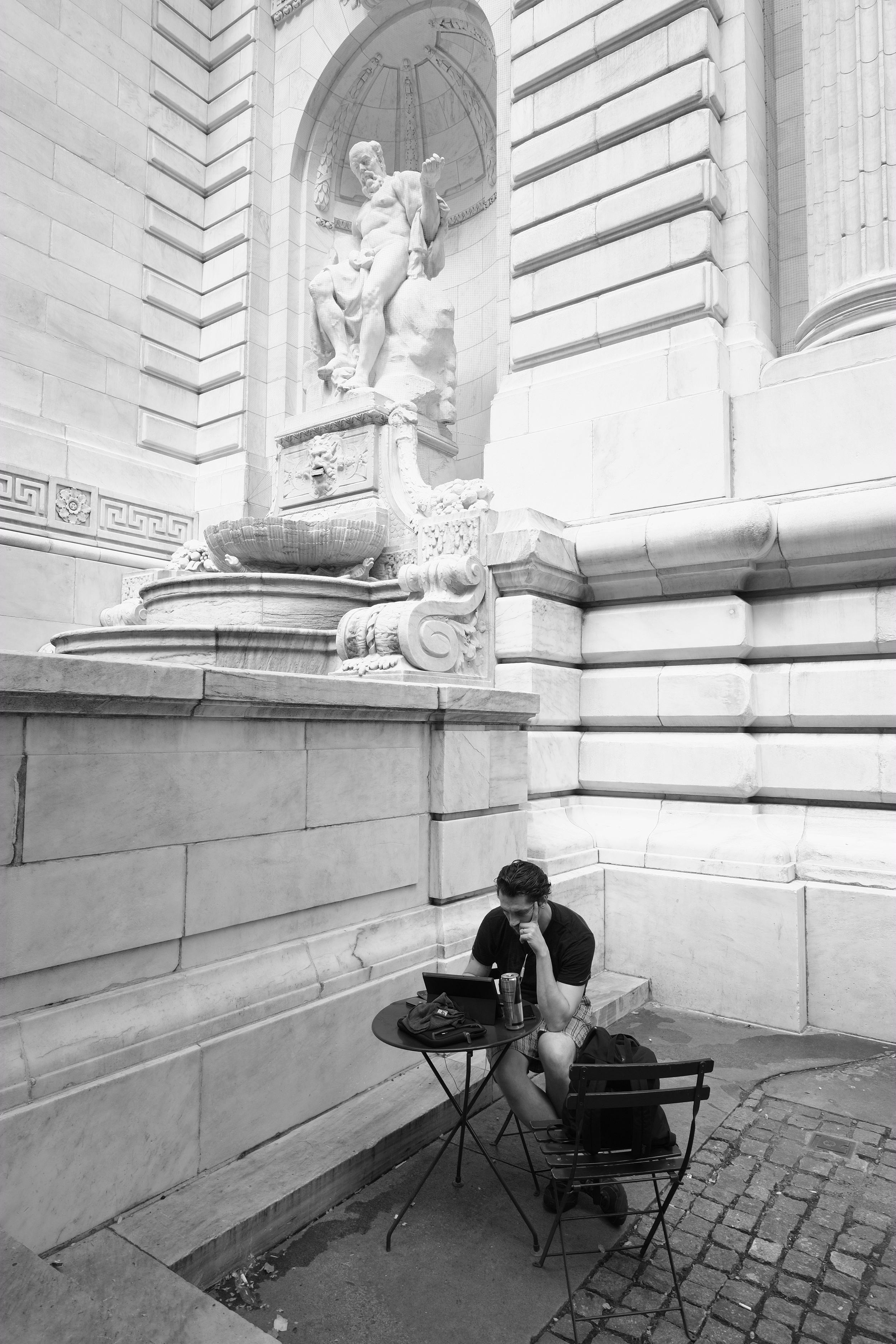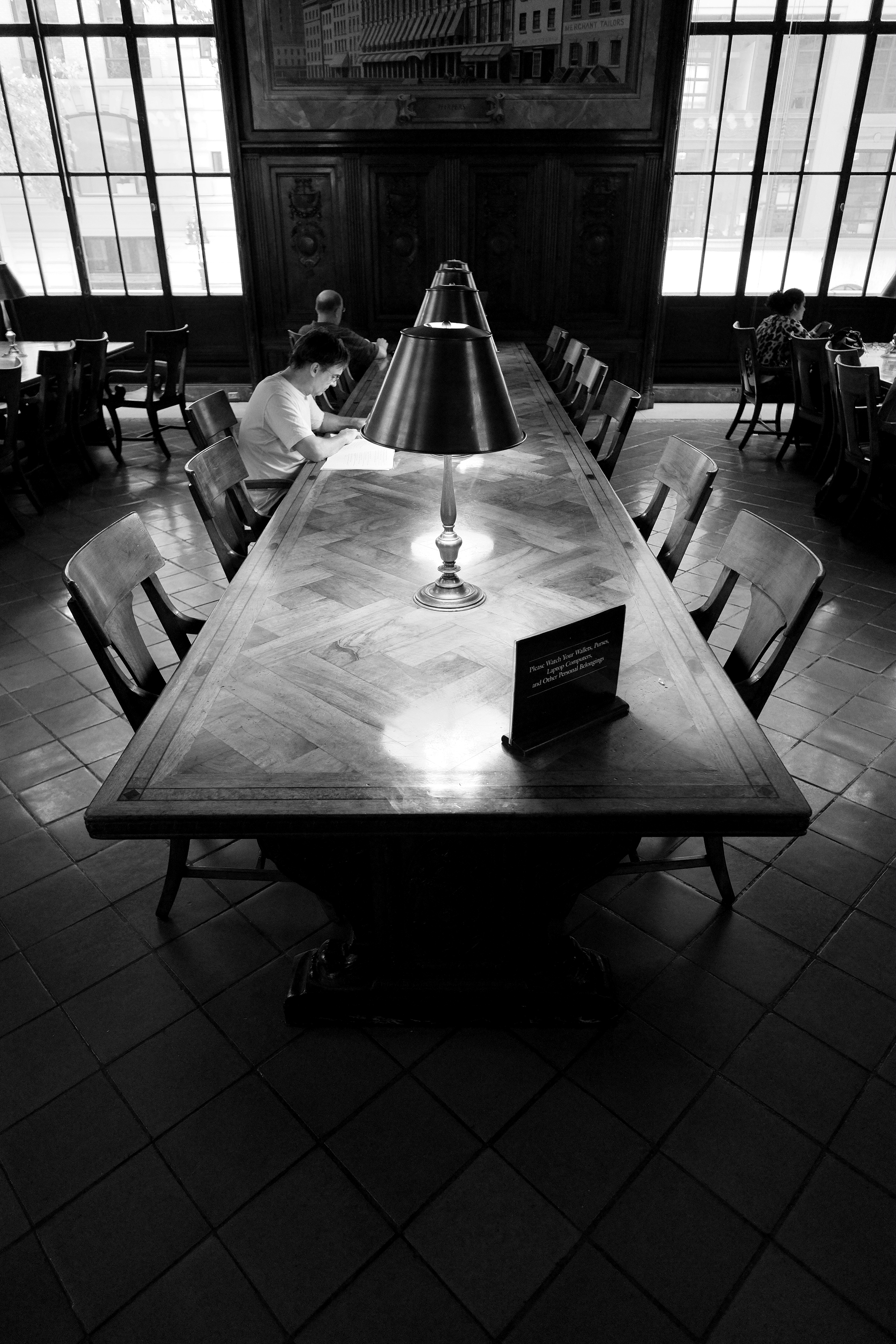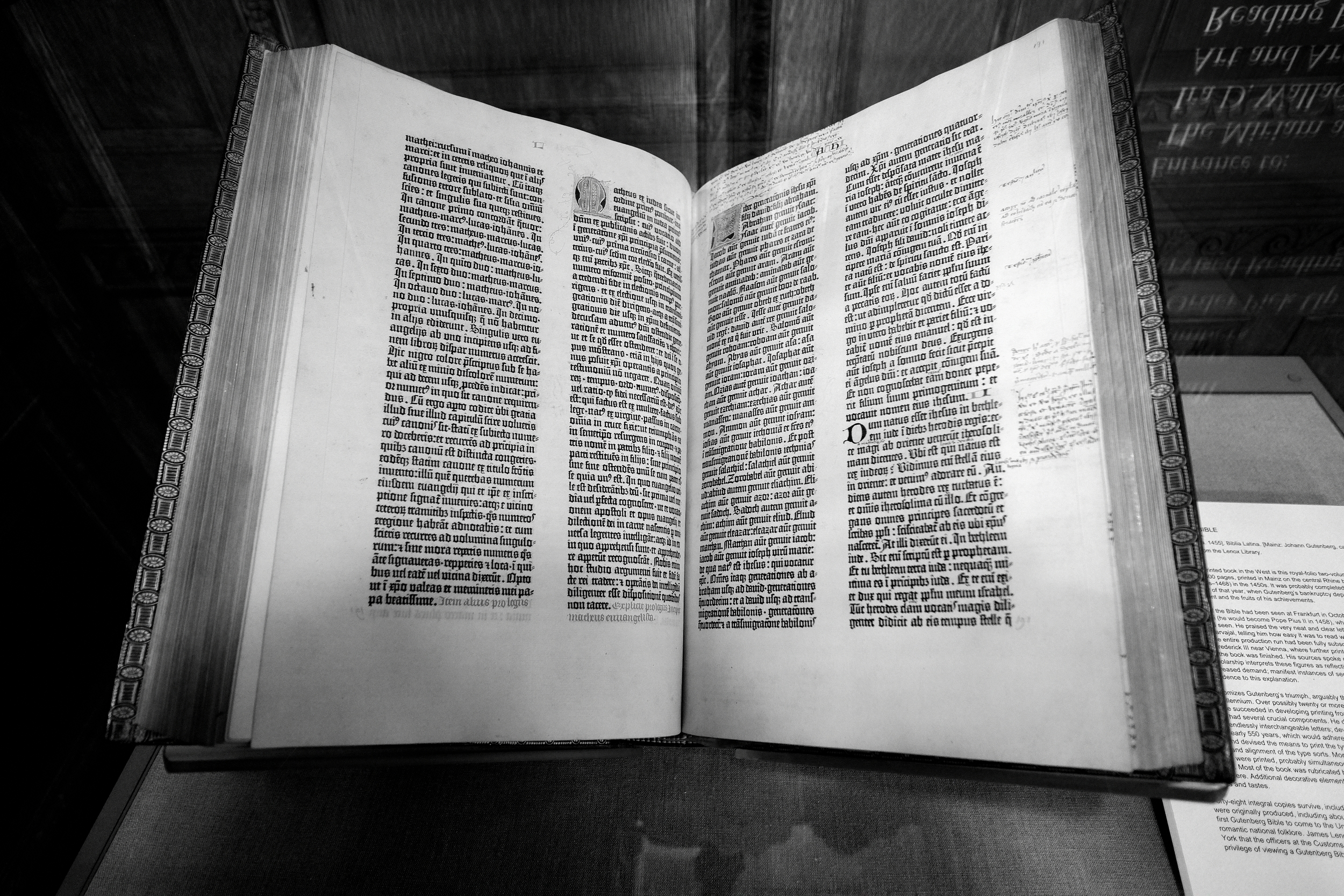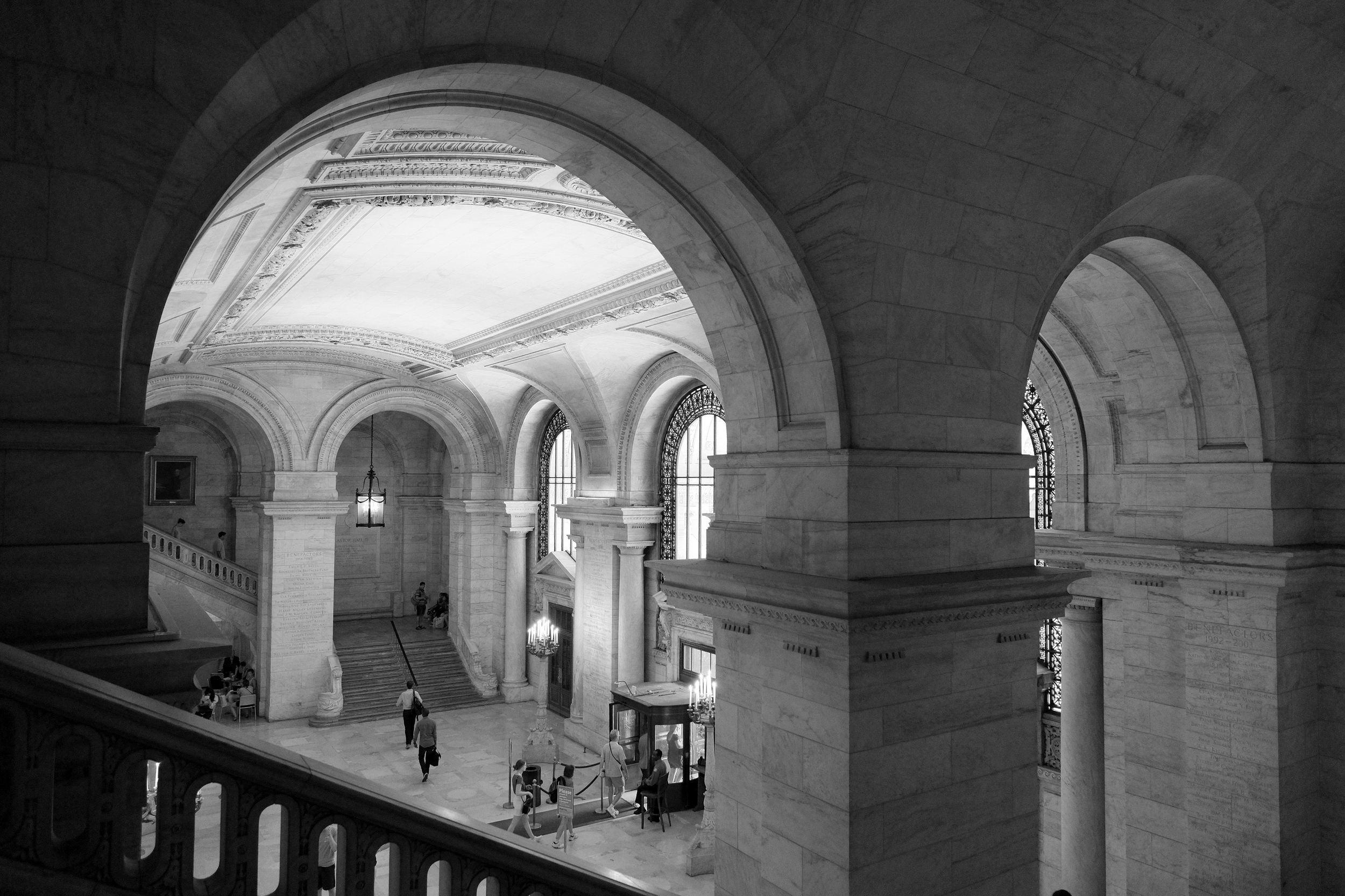For me, one of the highlights of our family vacation has been the chance to visit the annual photographic festival in Arles, France. While other gatherings are usually connected to photographic gear and business, Les Rencontres ("meetings" or "encounters" in English) are purely concerned with showing and celebrating photography as art. Founded by Arles-born photographer Lucien Clergue in 1970, the festival has blossomed and now receives some 100,000 visitors each summer.
With just a day to take in the showings that are scattered in different venues around the centre of Old Arles, I didn't manage to visit them all. I did see enough to make me thoroughly glad that we had added the town to our trip.
A few thoughts on the show, offered in no specific order...
First, I was most impressed by the absence of reference to technical details or specific pieces of gear. The point of the exhibitions was very much the artist's vision, not whether a Leica was involved, whether f/5.6 was optimum, whether the shadows were a little muddy, or whether analog / digital is superior. I found this a refreshing approach and a relief from many of the pointless discussions I've seen online. Just vision. Period.
I was also impressed by the importance of story in so many of the showings. In some cases, the story was explicitly connected to the artist's vision and conceived in advance. In other cases, the story seems to have emerged less consciously over time as the artist returned to familiar themes, subjects or approaches. Perhaps "story" is sometimes the cumulative effect of a lifetime's work rather than a pre-conceived plan. In the case of one artist, Zhang Huan, the story he tells is communicated through a sequence of layers of calligraphy on his own face.
It was a pleasure to view images from several periods of Lucien Clergue's own photography and to appreciate how rich a body of work he built through studies of subjects available to him locally: patterns in wet sand, marshlands and nudes on the beach.
David Bailey's retrospective was a treat, starting with 1960's UK fashion, celebrity and family. I enjoyed his larger format portraits and was reminded by many of the shots just how beautiful an effect film grain can produce.
A wonderful exhibit on "Typology, Taxonomy and Seriality" contained images from Richard Avedon, Karl Blossfeldt, August Sander, and Bernd and Hillary Becher (among others). This exhibit was held in the "Espace Van Gogh," the former hospital in Arles where the painter recovered -- and painted -- after cutting off a portion of his ear in 1889. The curated series illustrated over and over the variety (and sometimes beauty) to be found in "like" things: political figures, plant forms, members of early 20th-century German society, 1950s industrial installations, and the hairstyles of Nigerian women.
The W.M. Hunt Collection, however, provided a counterpoint to what I've just said about beauty-in-similarity. Hunt viewed the passion for collecting as foolish and seems to have gone out of his way to prove his point. Over a period of decades he collected large photographs of groups of people at conventions, fairs and events. Frequently panoramic in scope, the combined effect of the dozens of images in three rooms is the loss of the individual. The scenes of large "happenings" are so crushingly repetitive -- groups are sometimes organized into geometric forms by the photographer -- that there is little special about any of the people pictured. All those individuals have indeed been captured in a picture. Captured and assimilated.
The "Trepat Collection" was an interesting demonstration of a collaboration between a wealthy Spanish industrialist and a number of avant garde artists. His success in manufacturing and marketing agricultural machinery allowed him to commission works by the likes of Man Ray, Lazlo Moholy-Nagy, and Walker Evans to help create a distinctive brand for his company.
Other exhibits, such as the impressively large-scale collages by Vik Muniz demonstrated that photographs as artefacts can themselves be reworked to create new images. Others again, such as the work of Mazaccio and Drowilal, undermine celebrity, advertising and sentimentality in our image-soaked society. Denis Rouvre's presentation ("Identity, Intimate Territories") of low-key projected portraits with narration by the subject reminded me that, far from being an issue for the French alone, multiple identities are a fact of life for all of us in a globalized world of migrants.
All in all, a thoroughly enjoyable day and I was only sorry that it couldn't have been longer. It was long enough to inspire me, though, and encourage me to work more carefully on my own photography. Less gear, more story. More vision. More "rencontres"!
All pictures taken with my Fujifilm X-E1 with Fujinon 14mm and 18-55mm lenses. JPEGs tweaked with Snapseed on an iPad.































